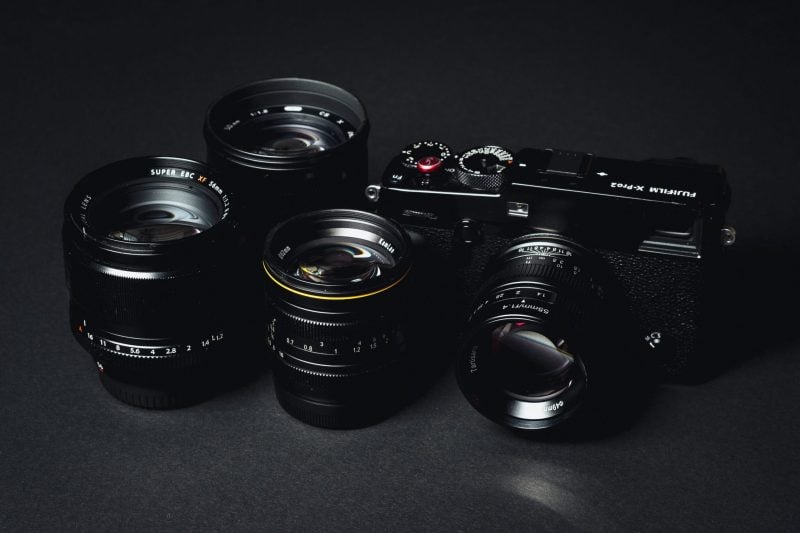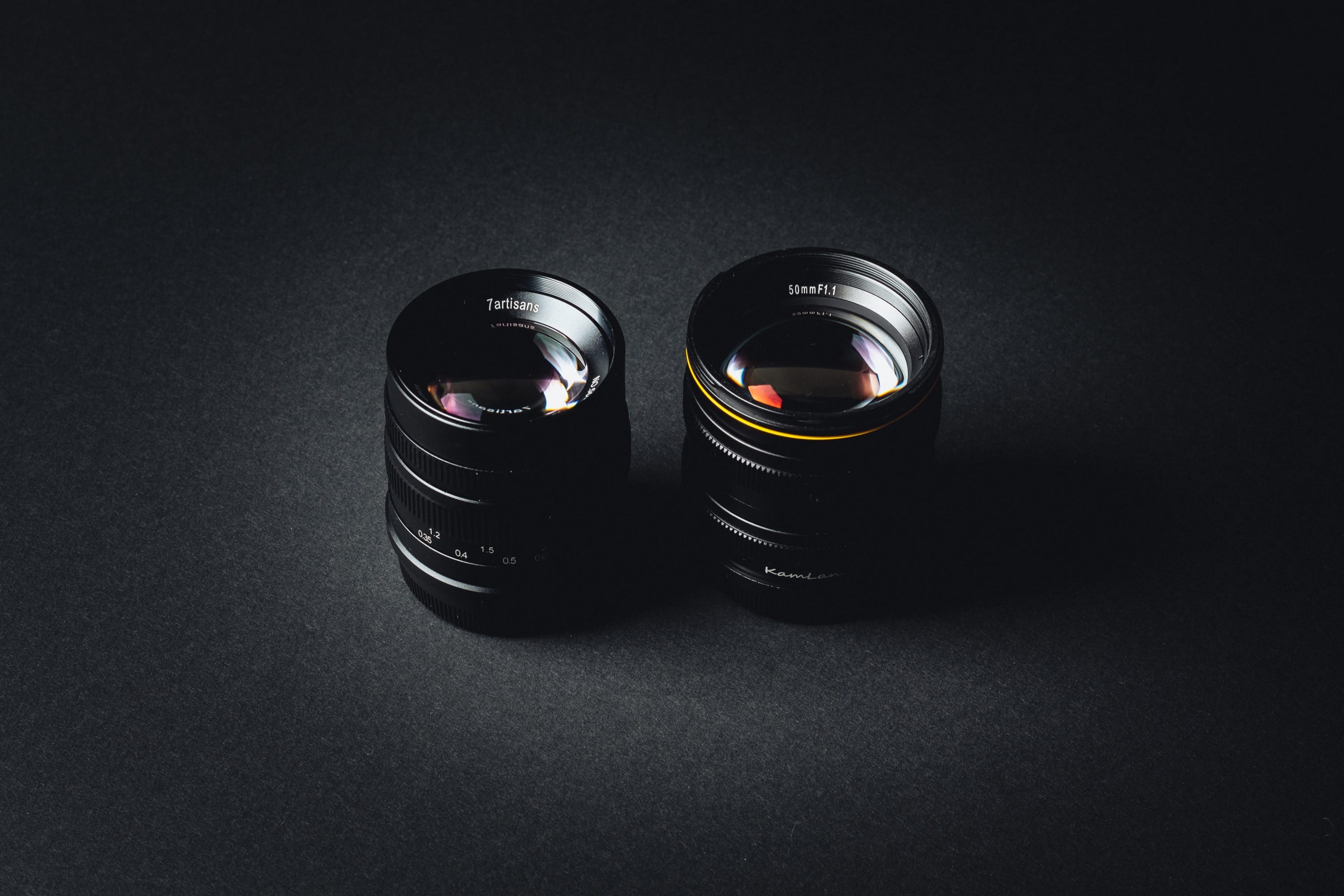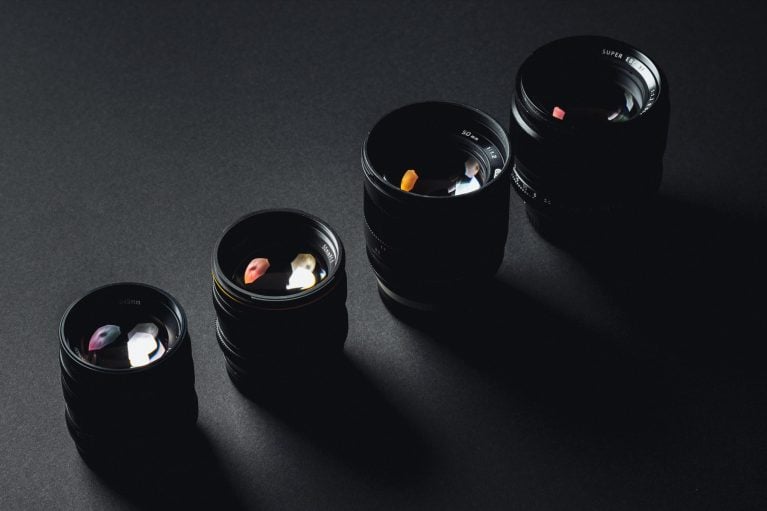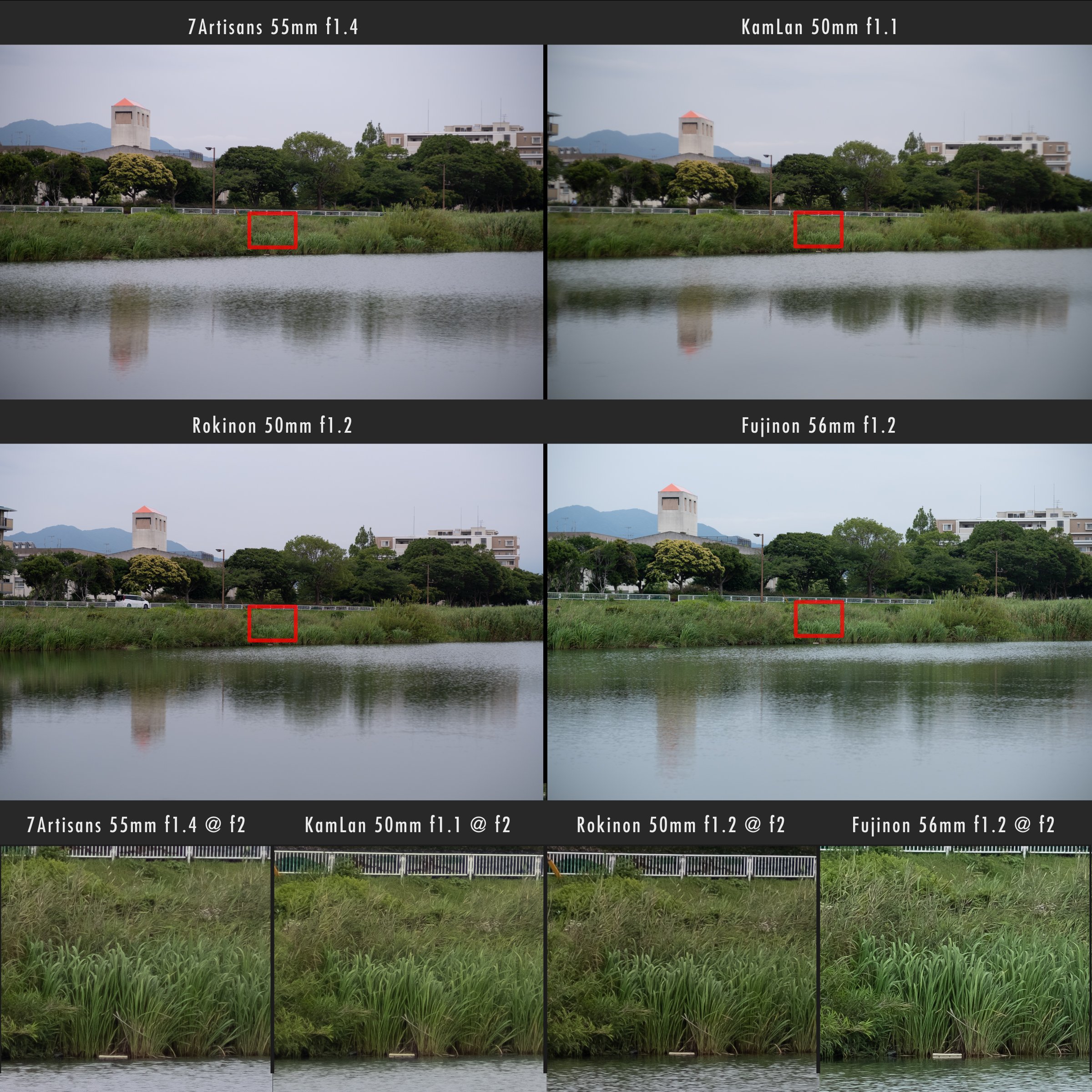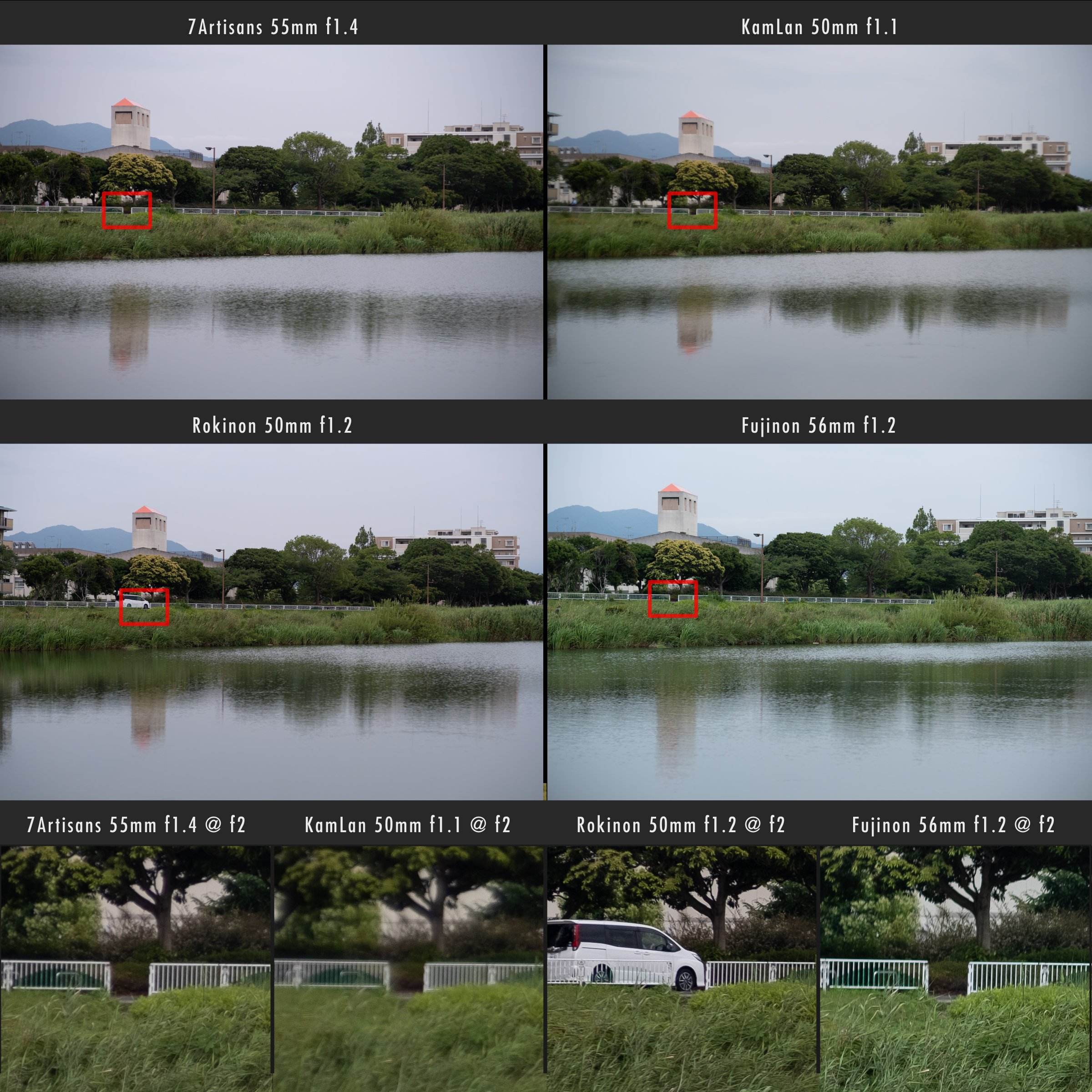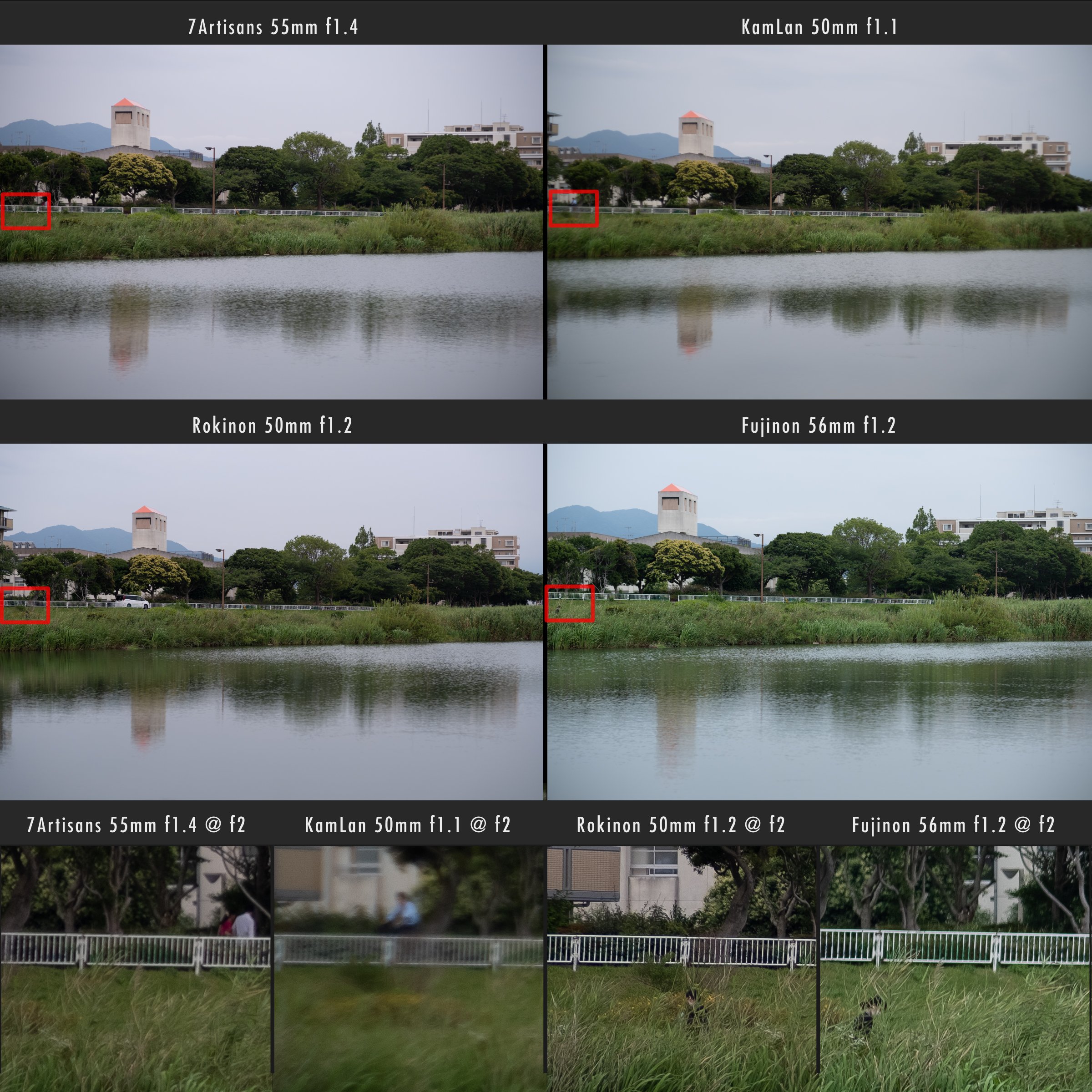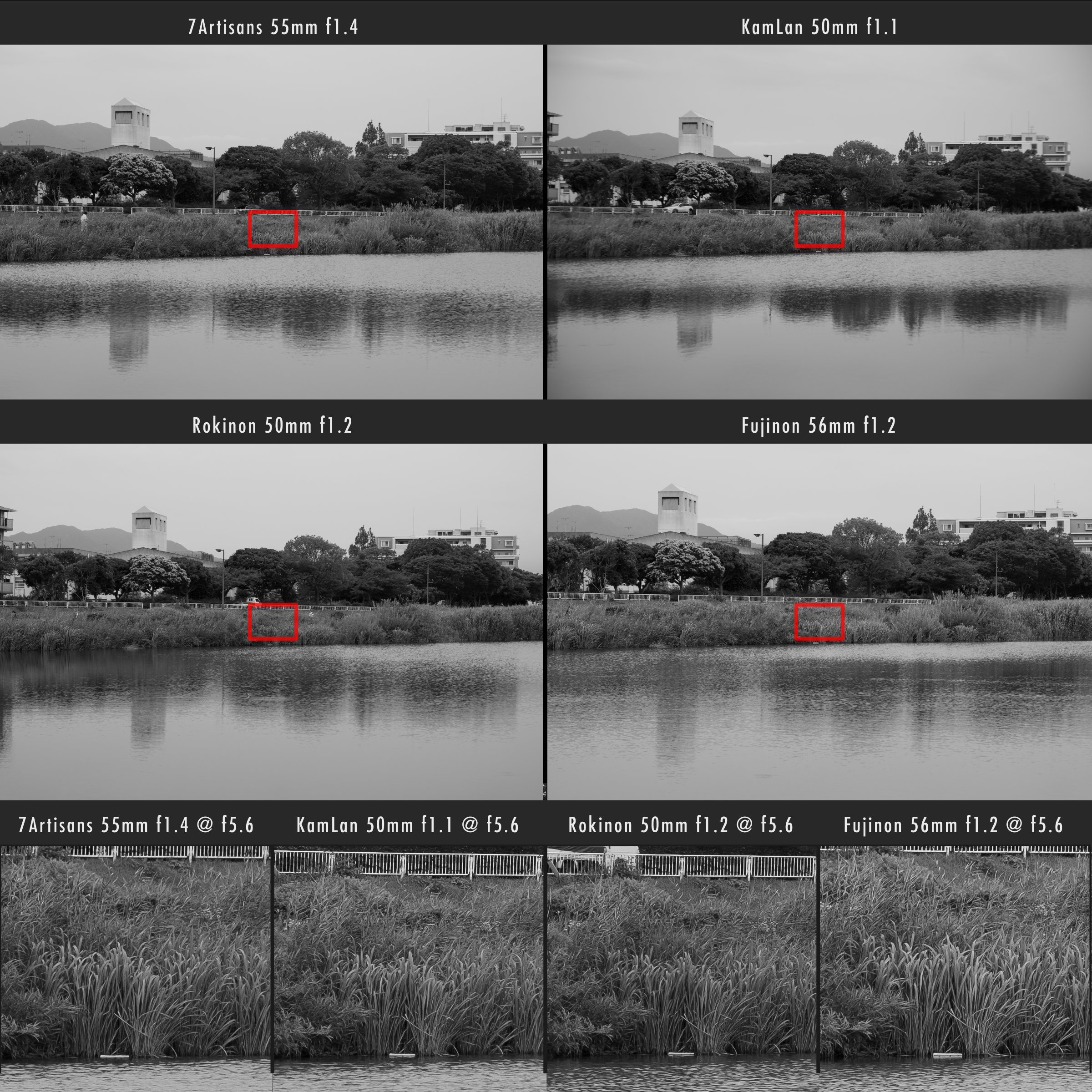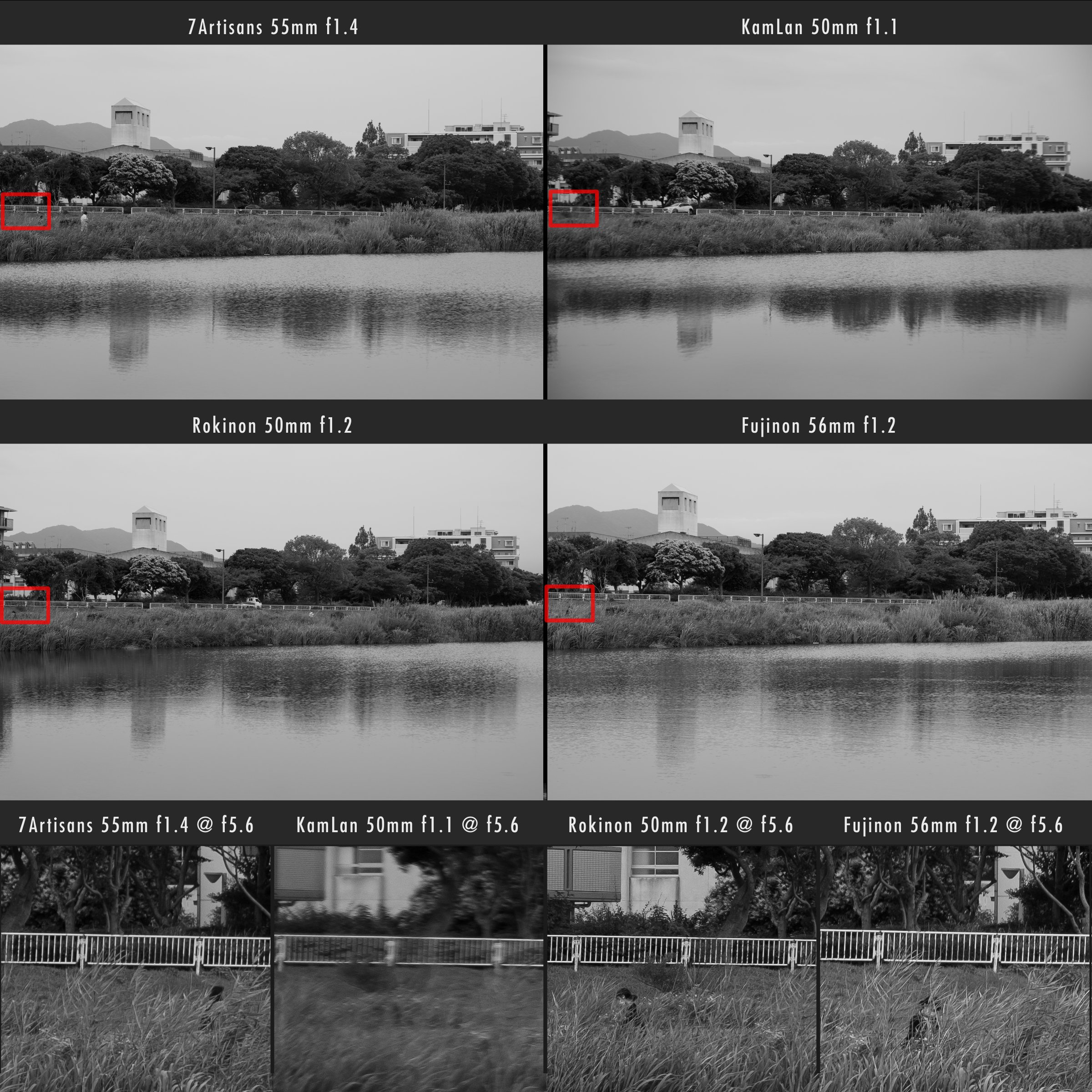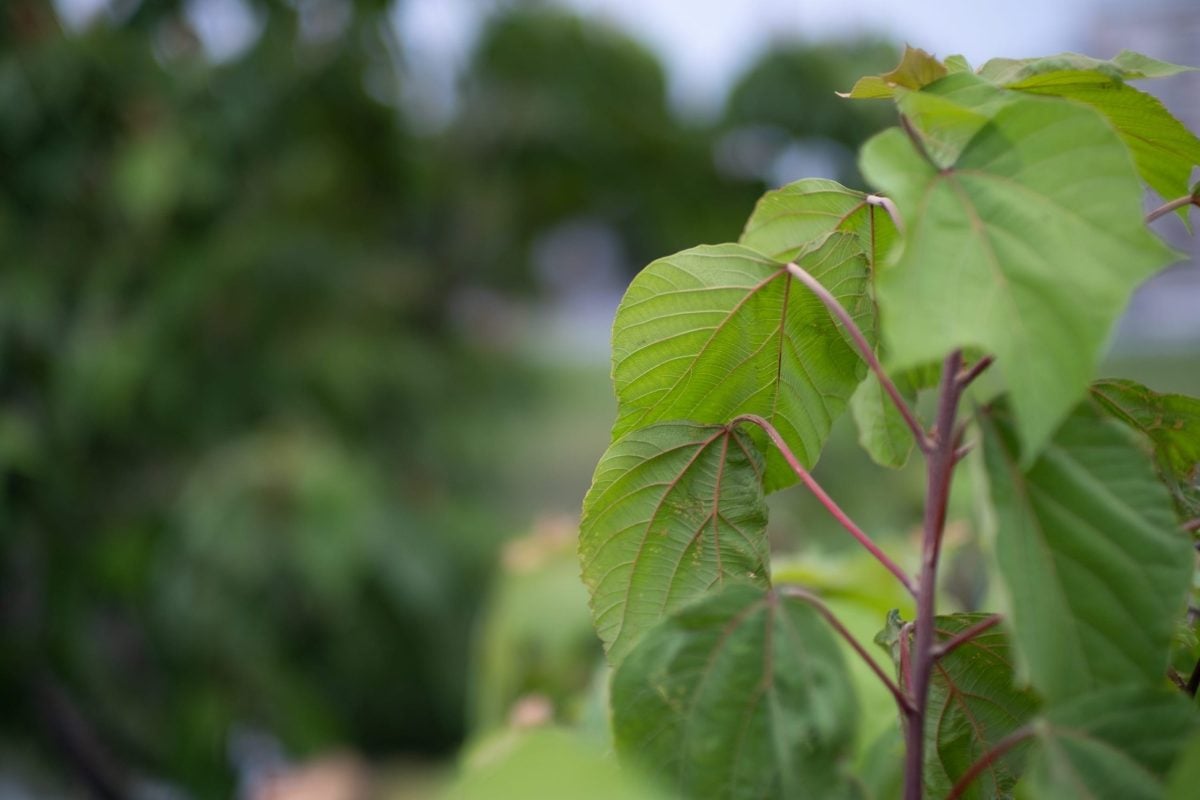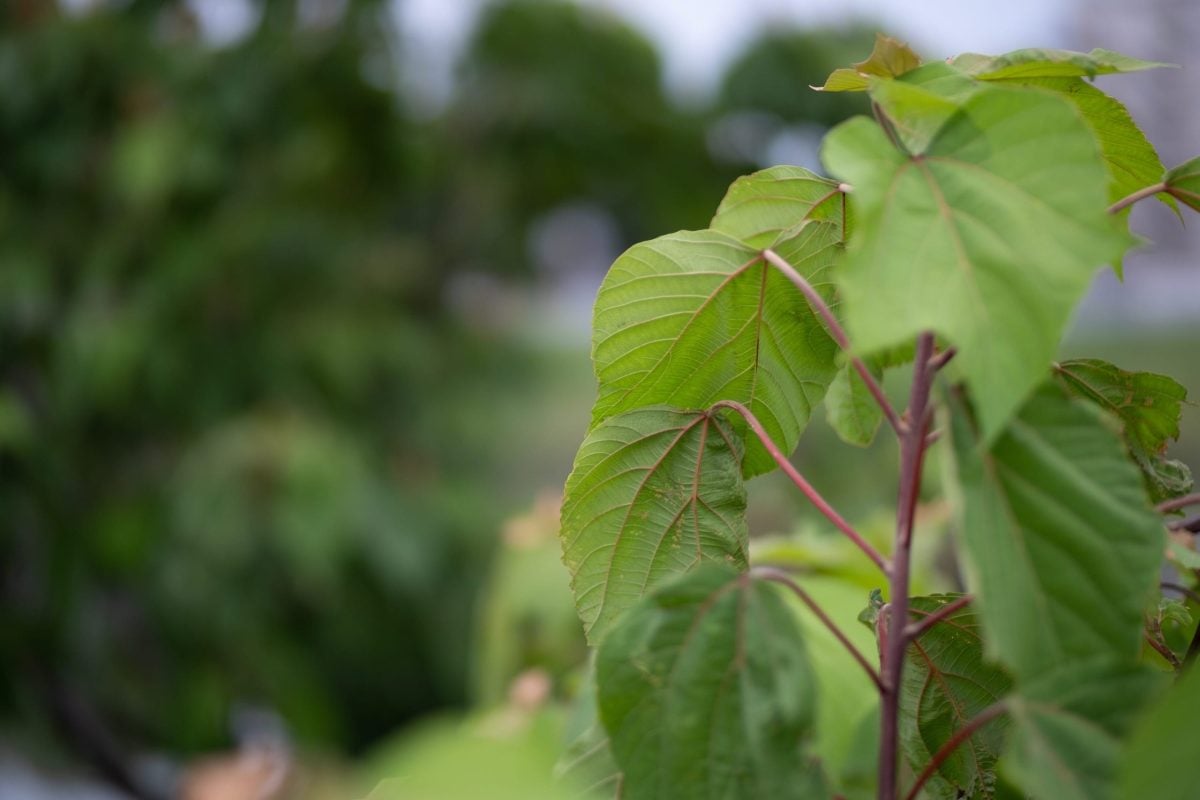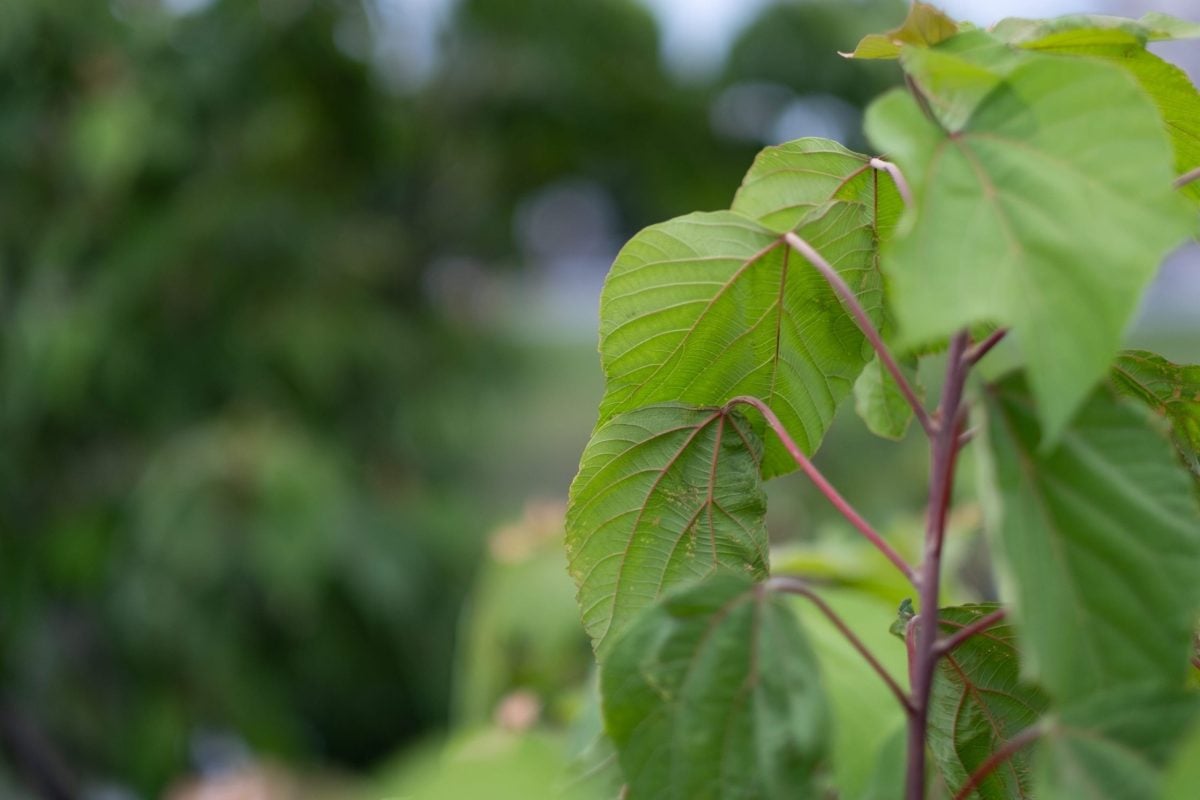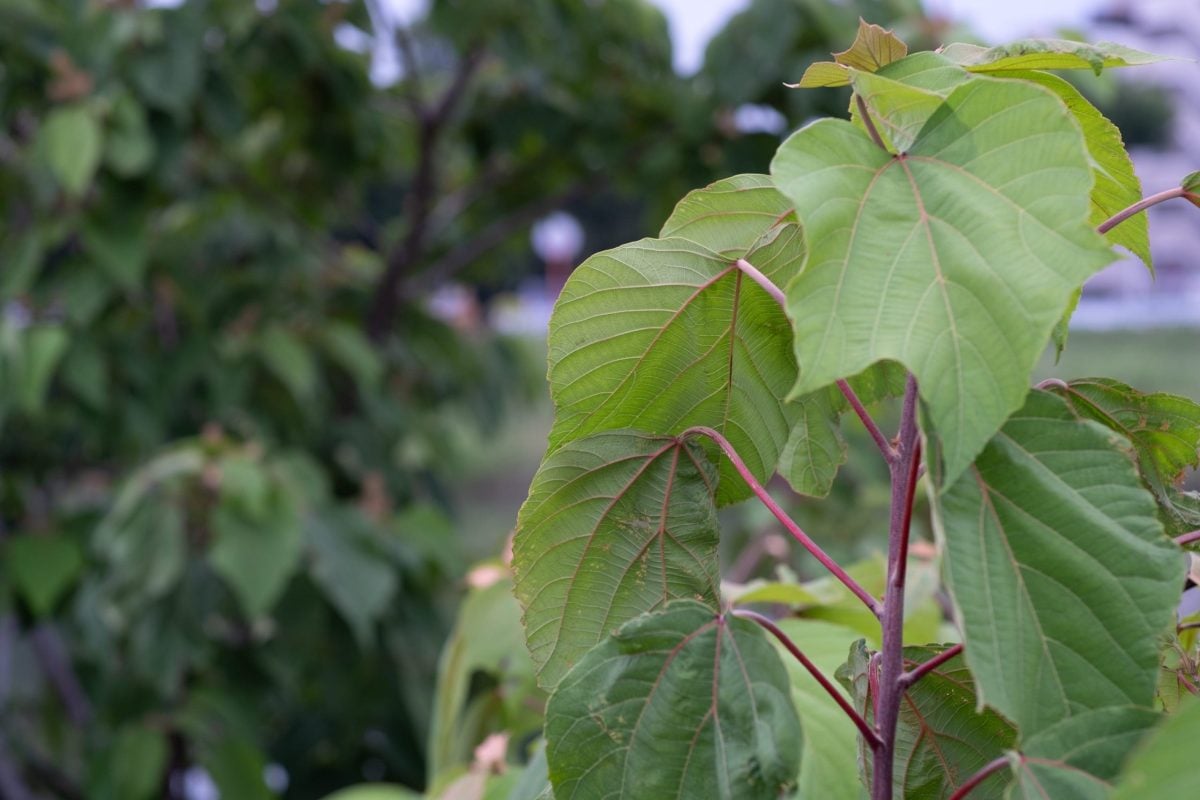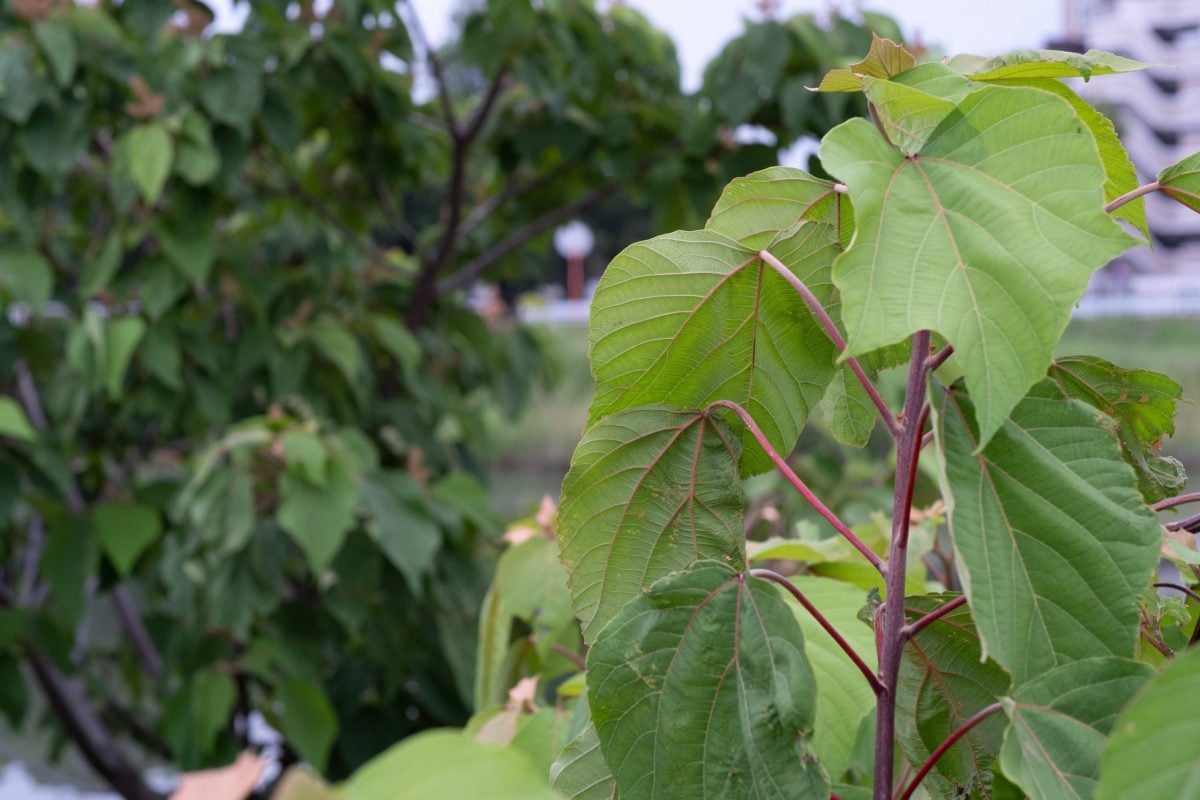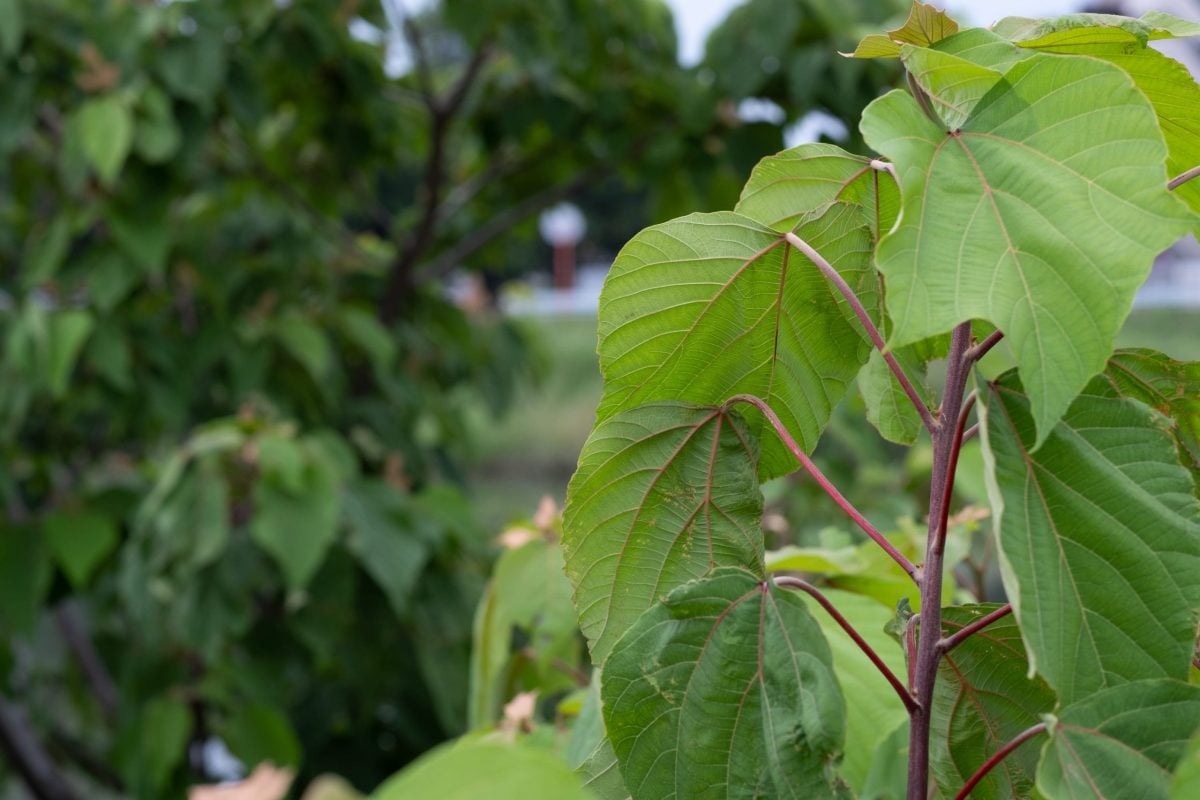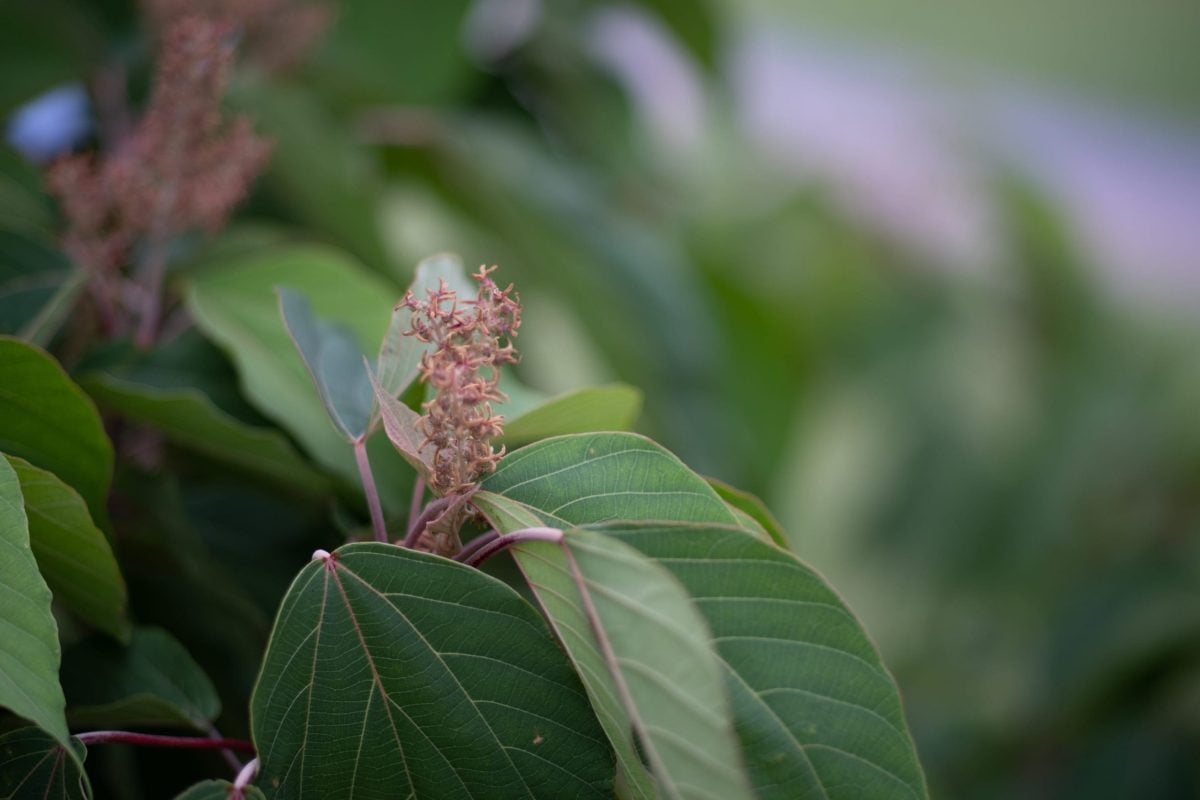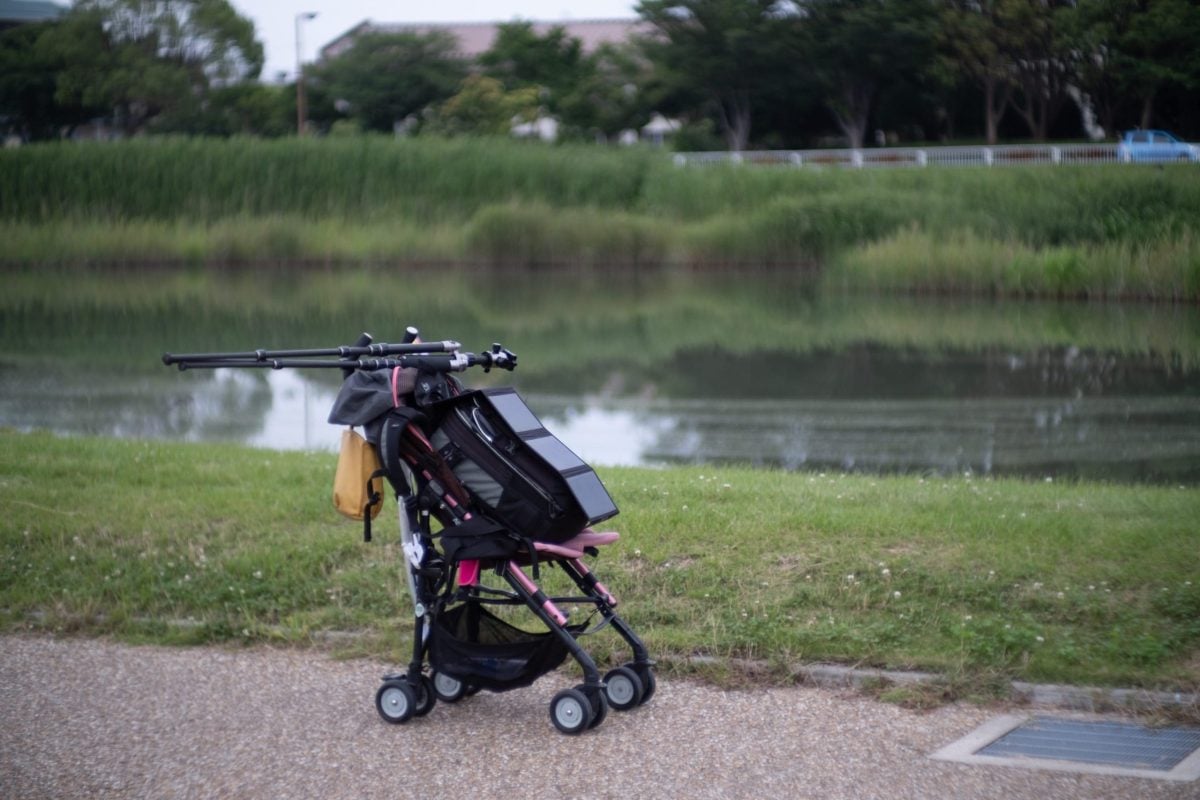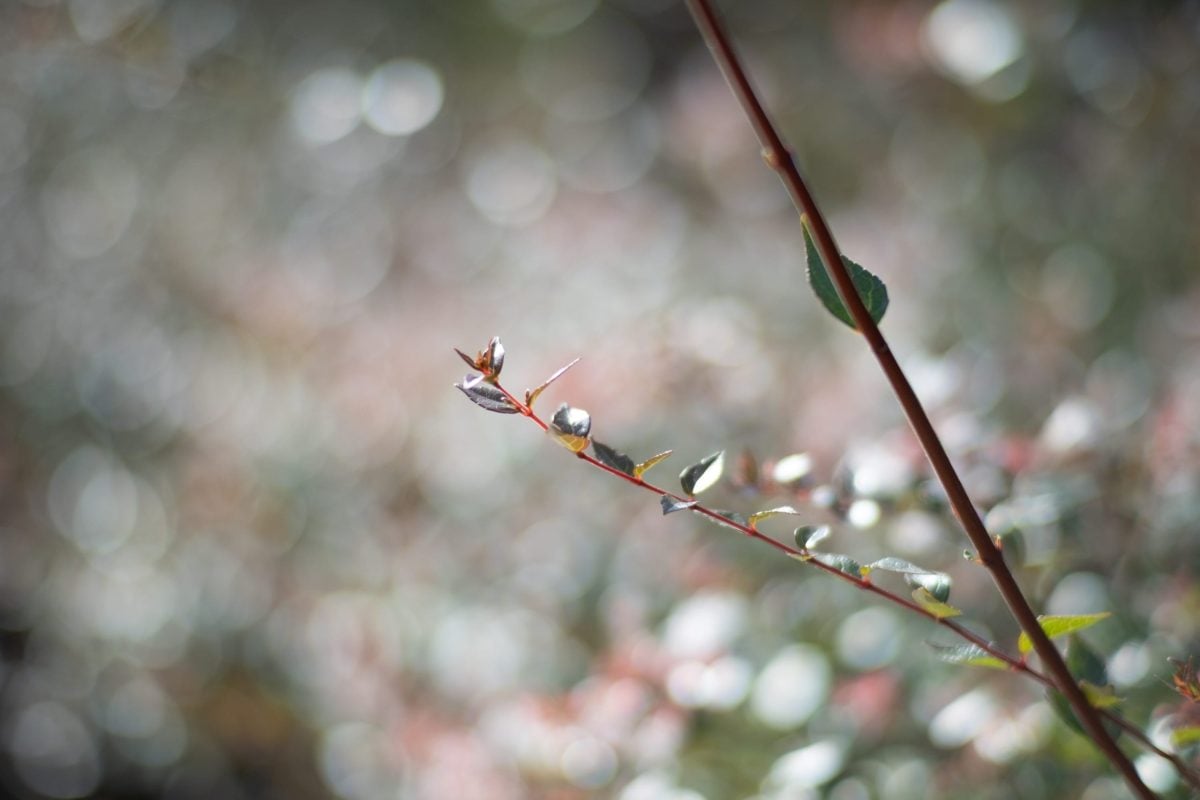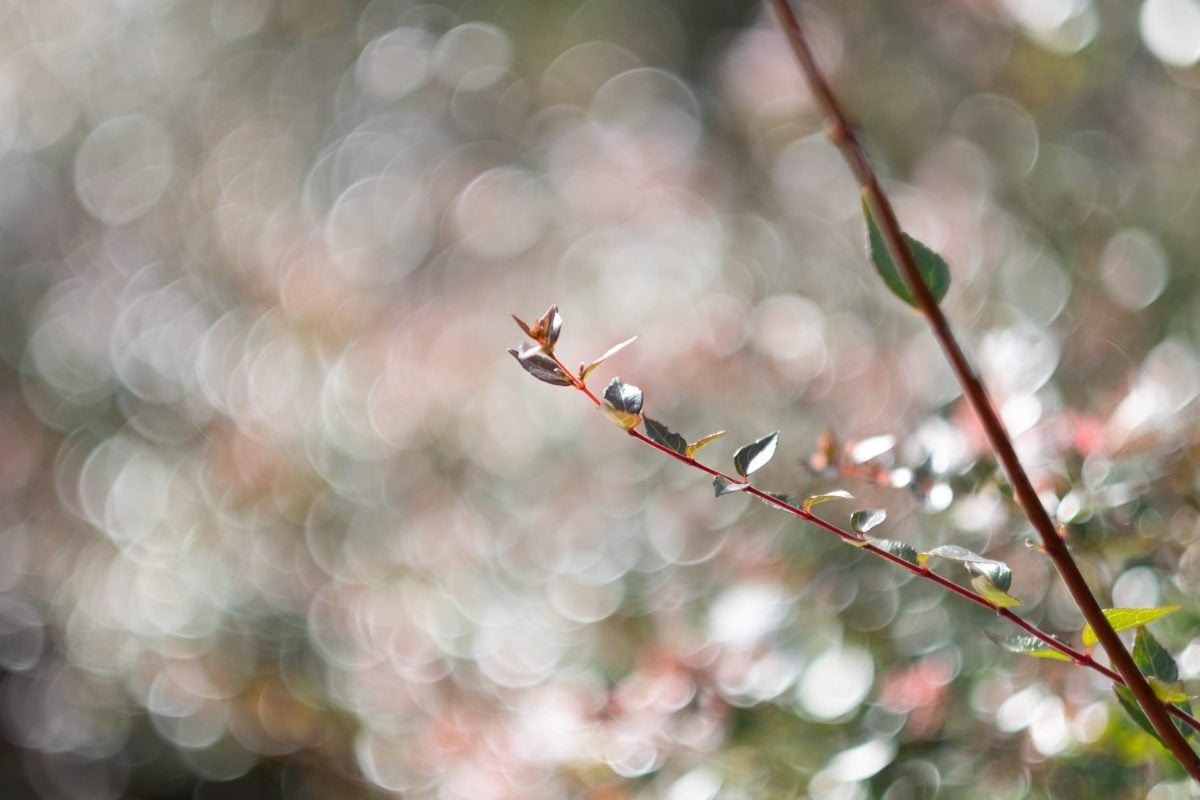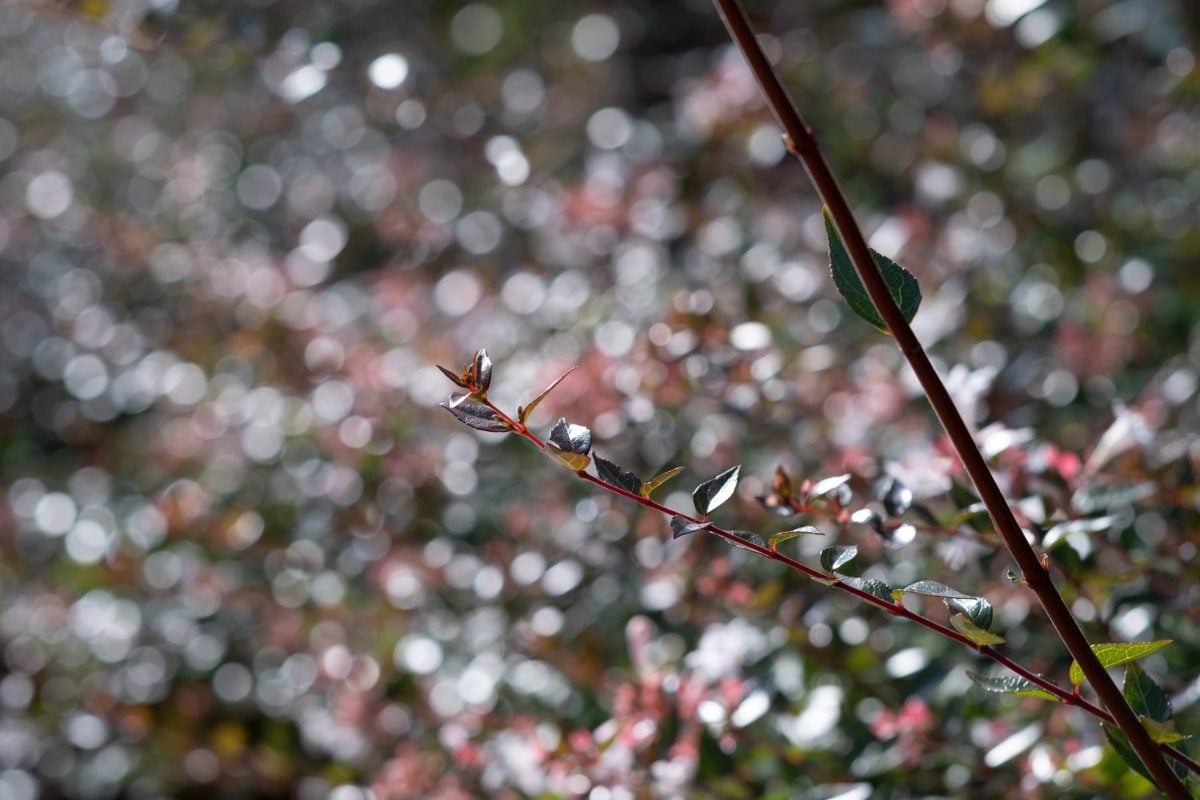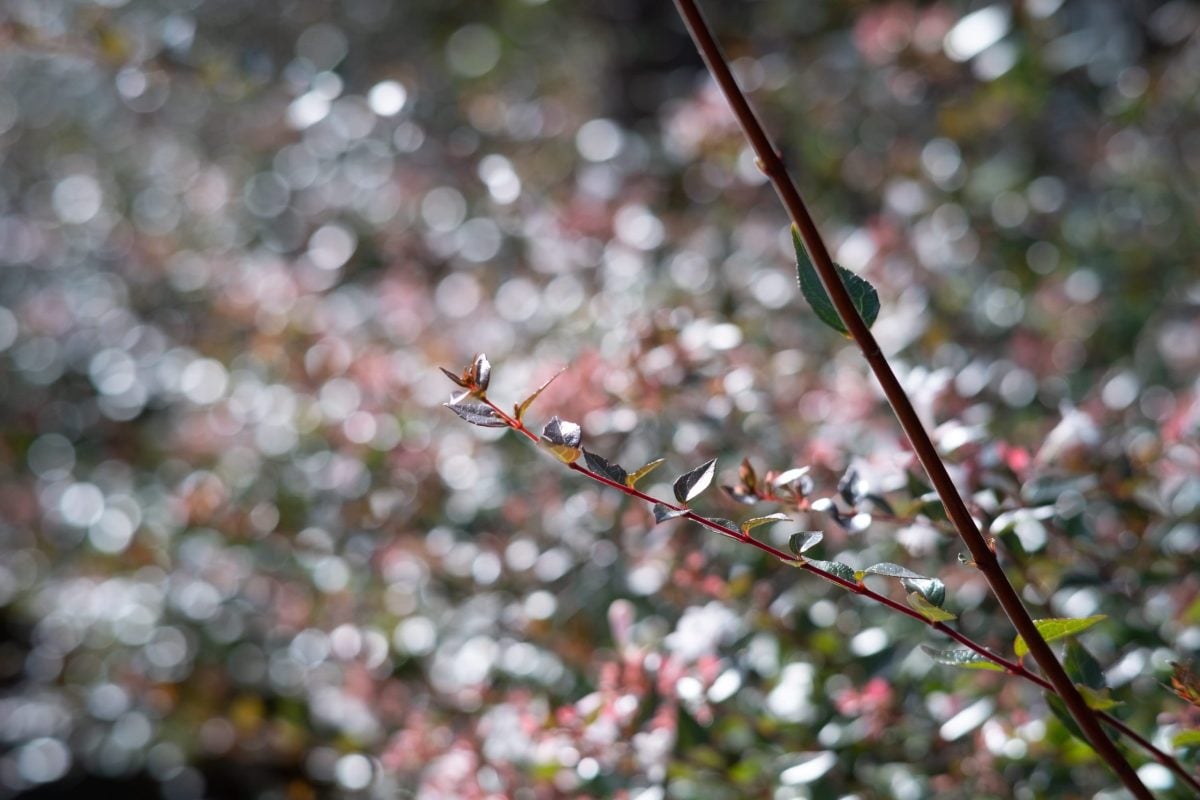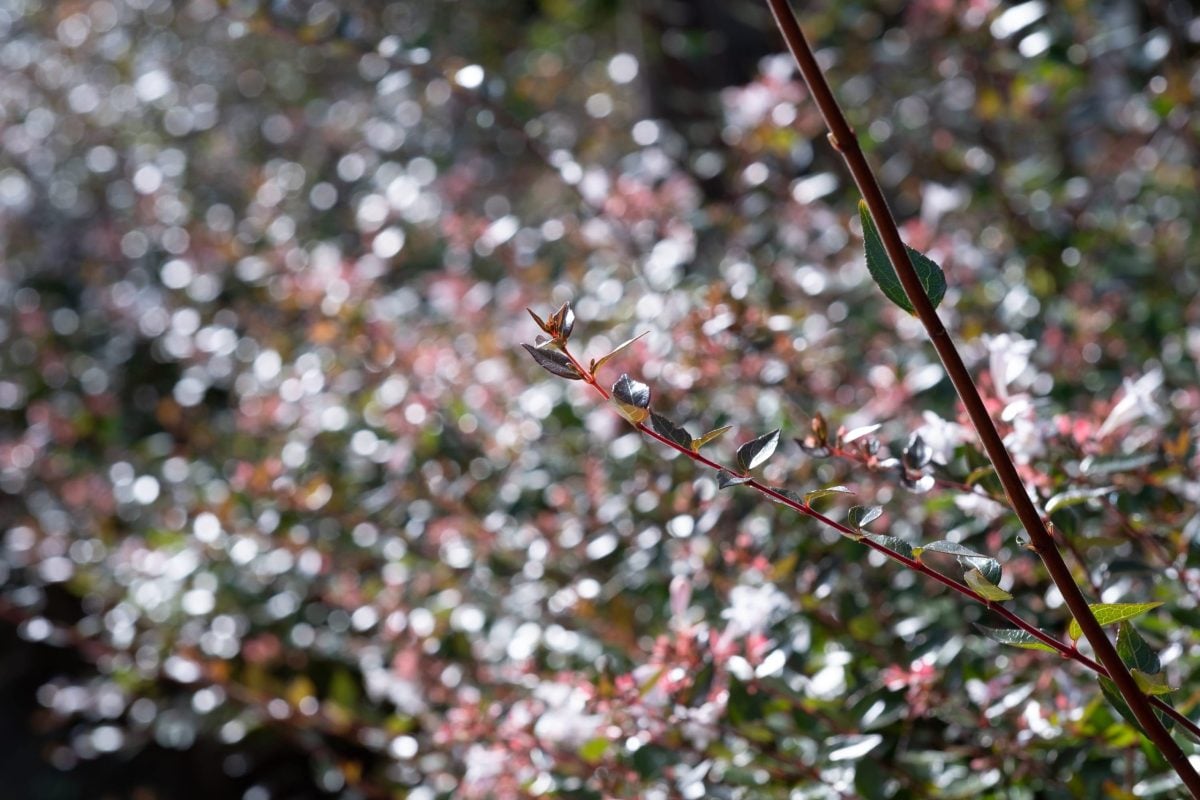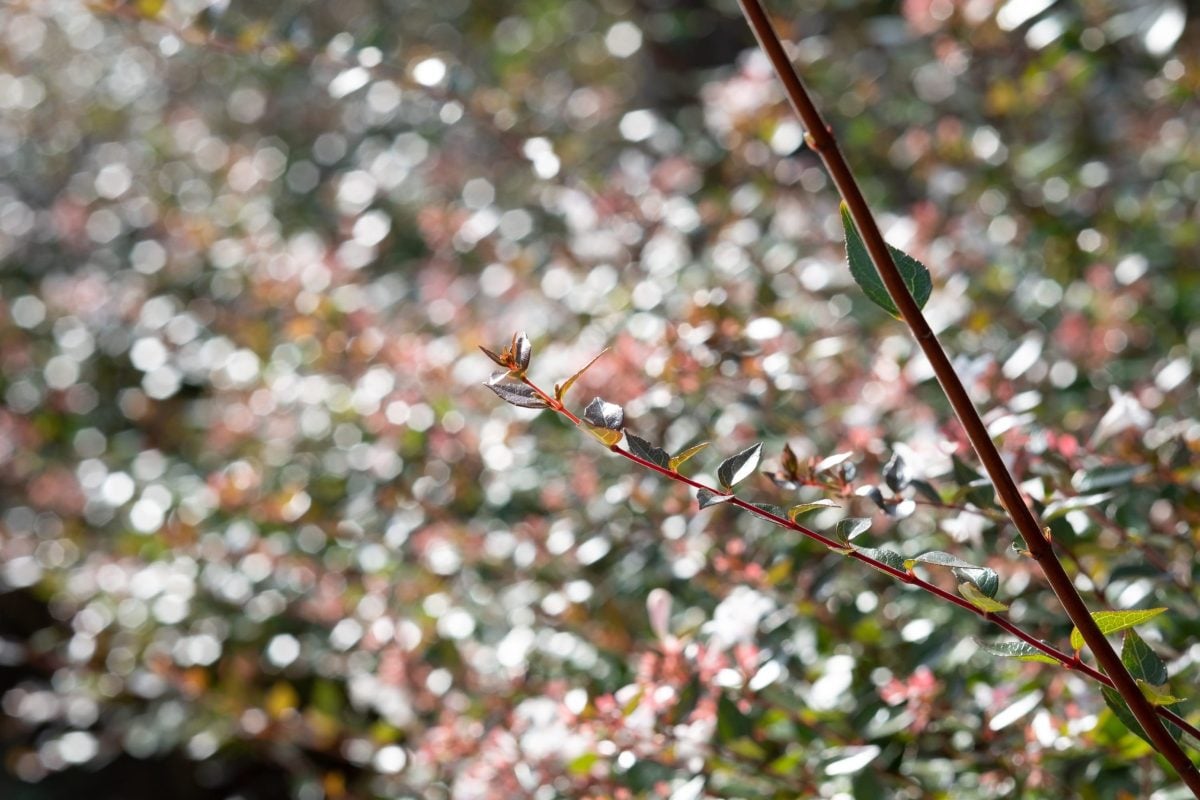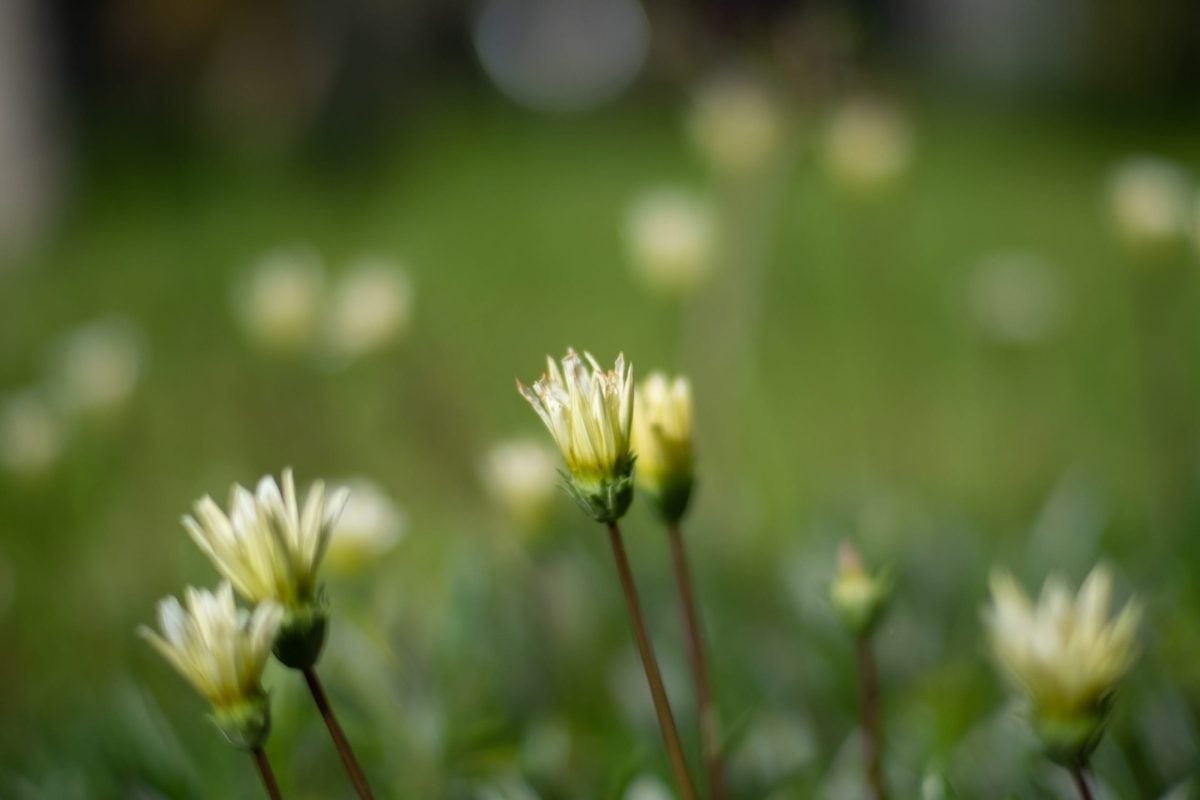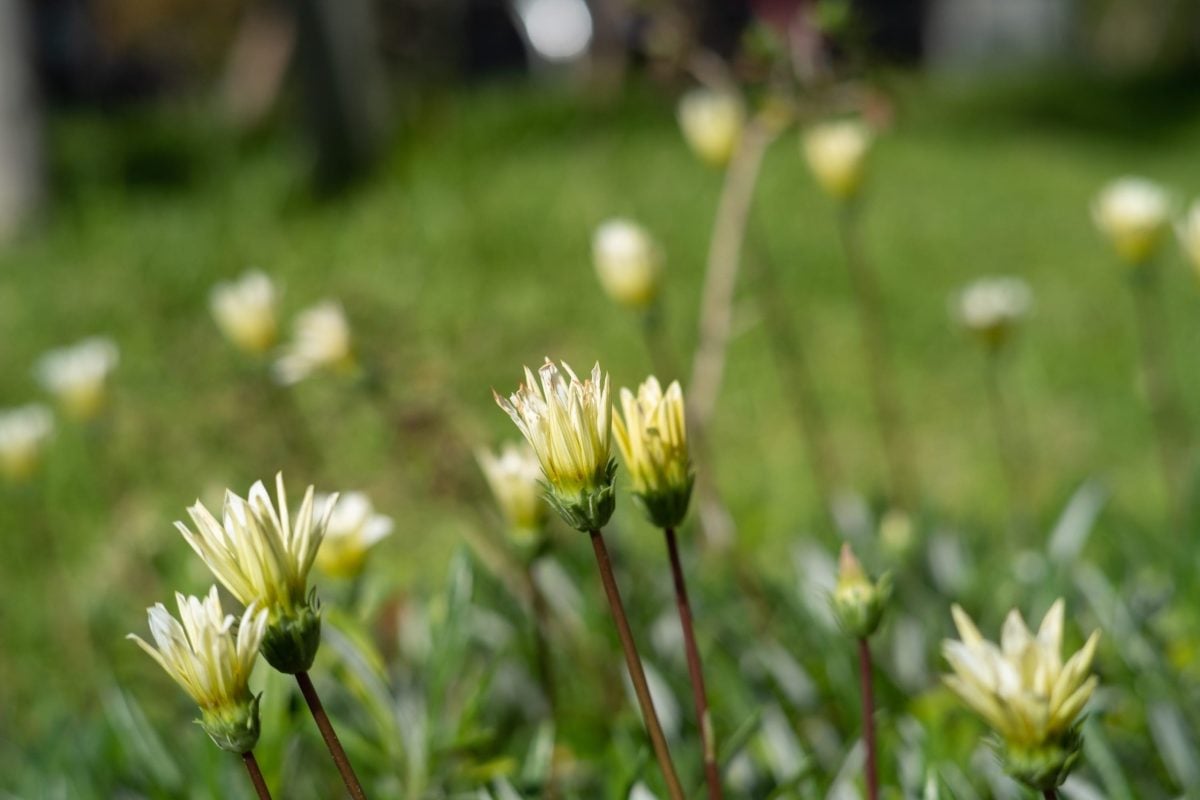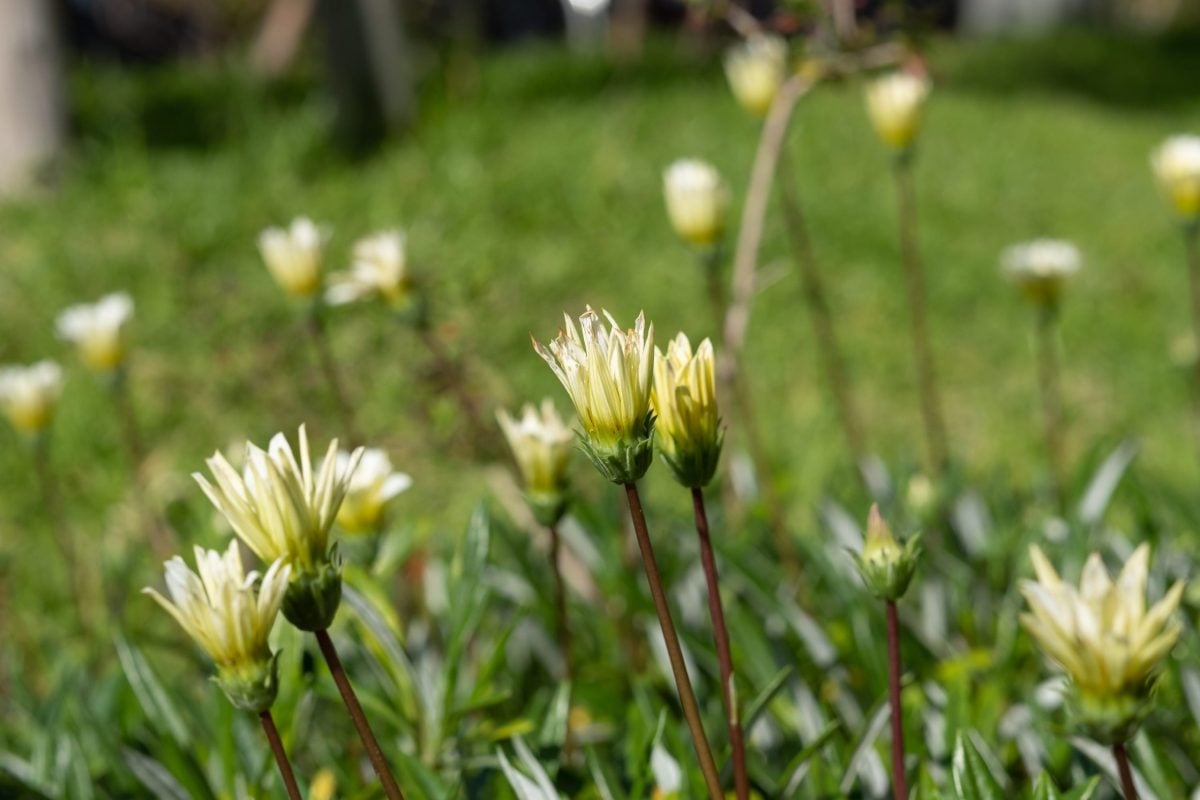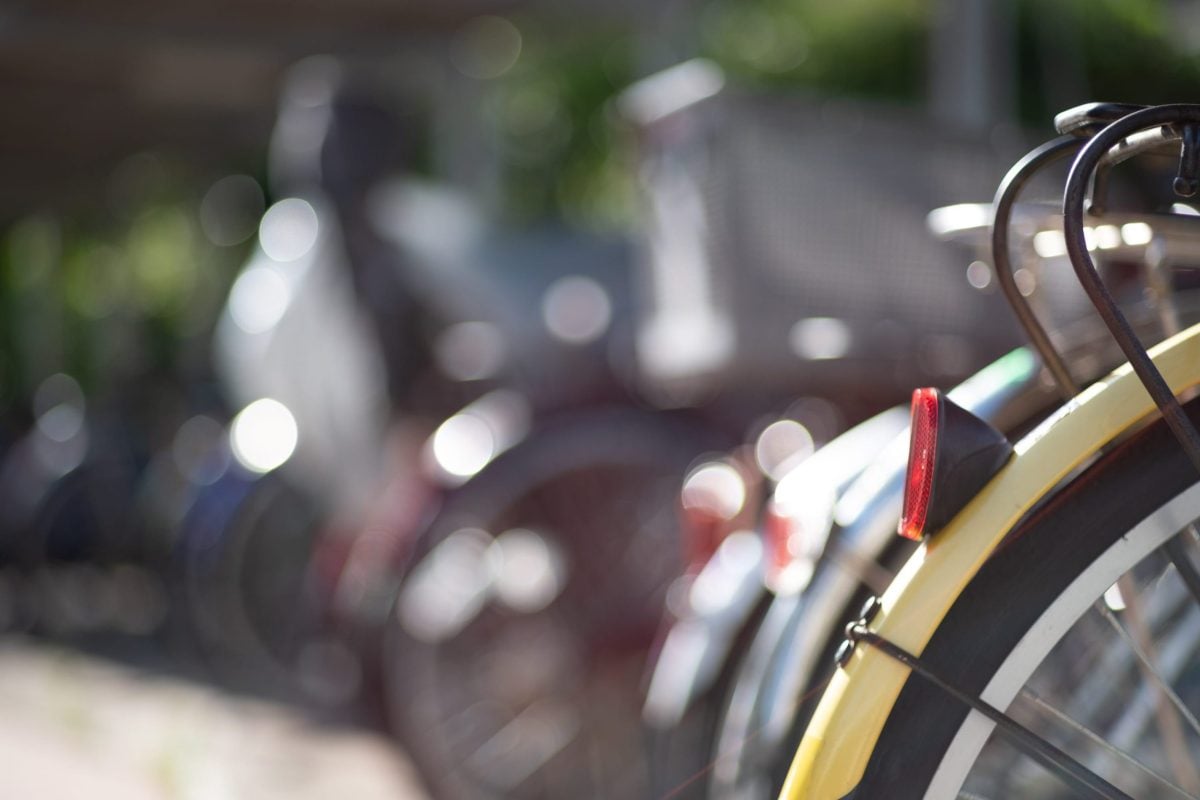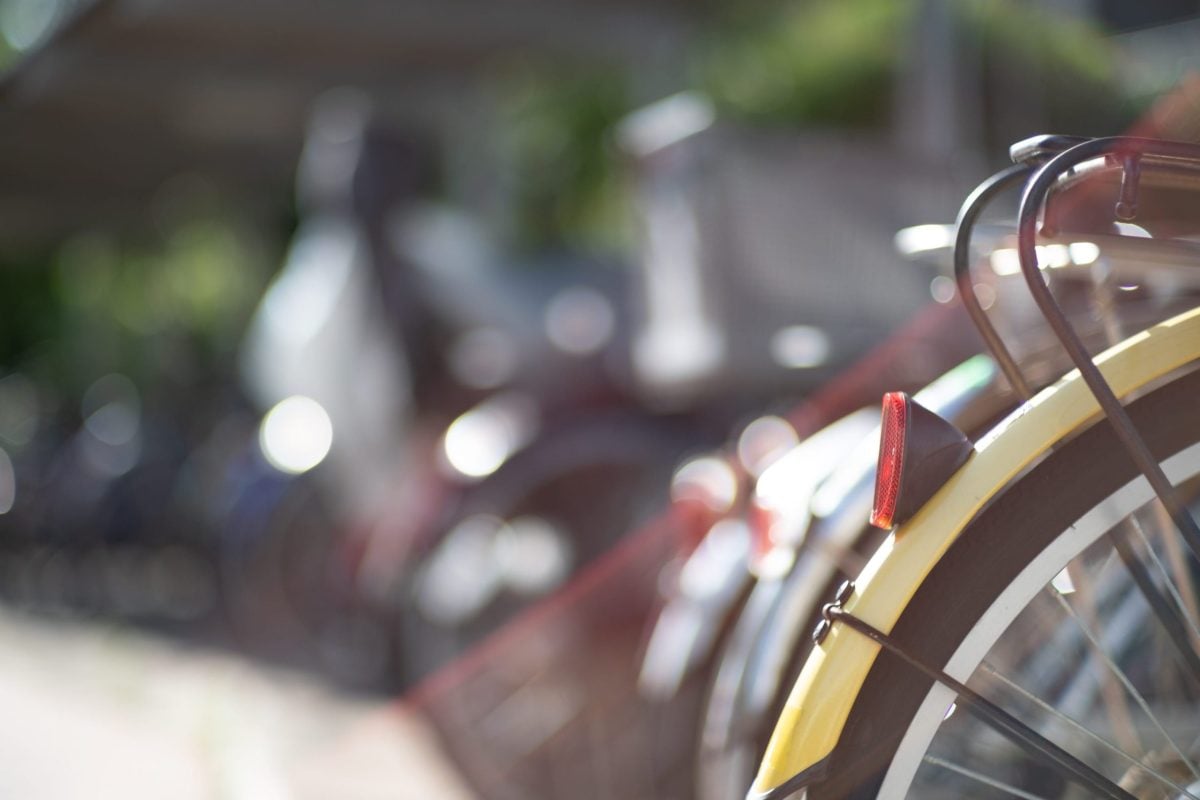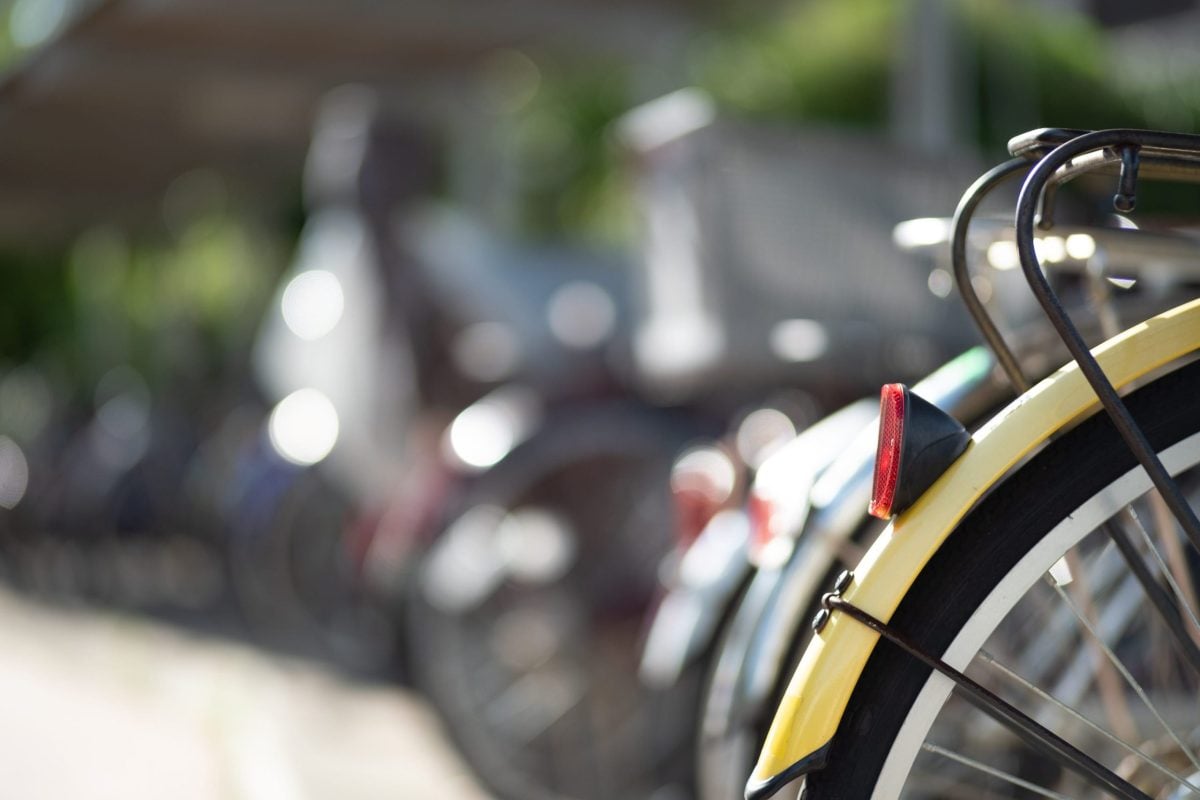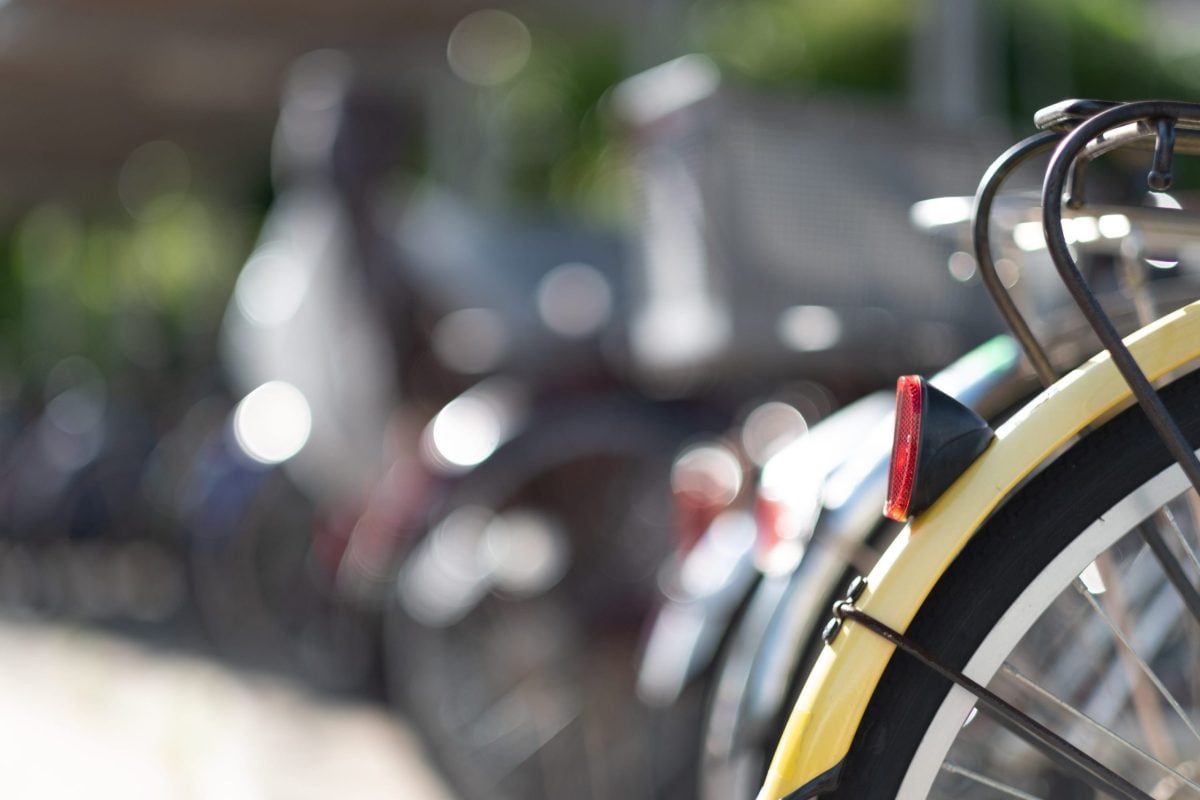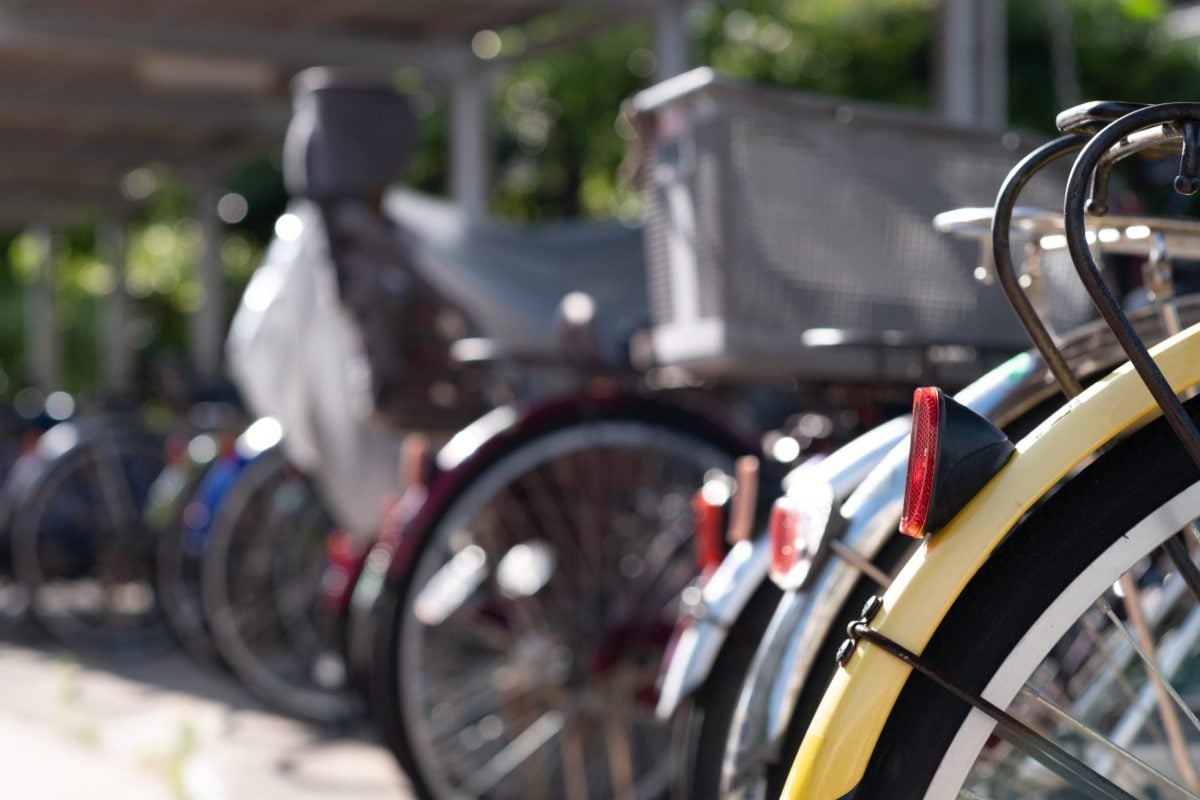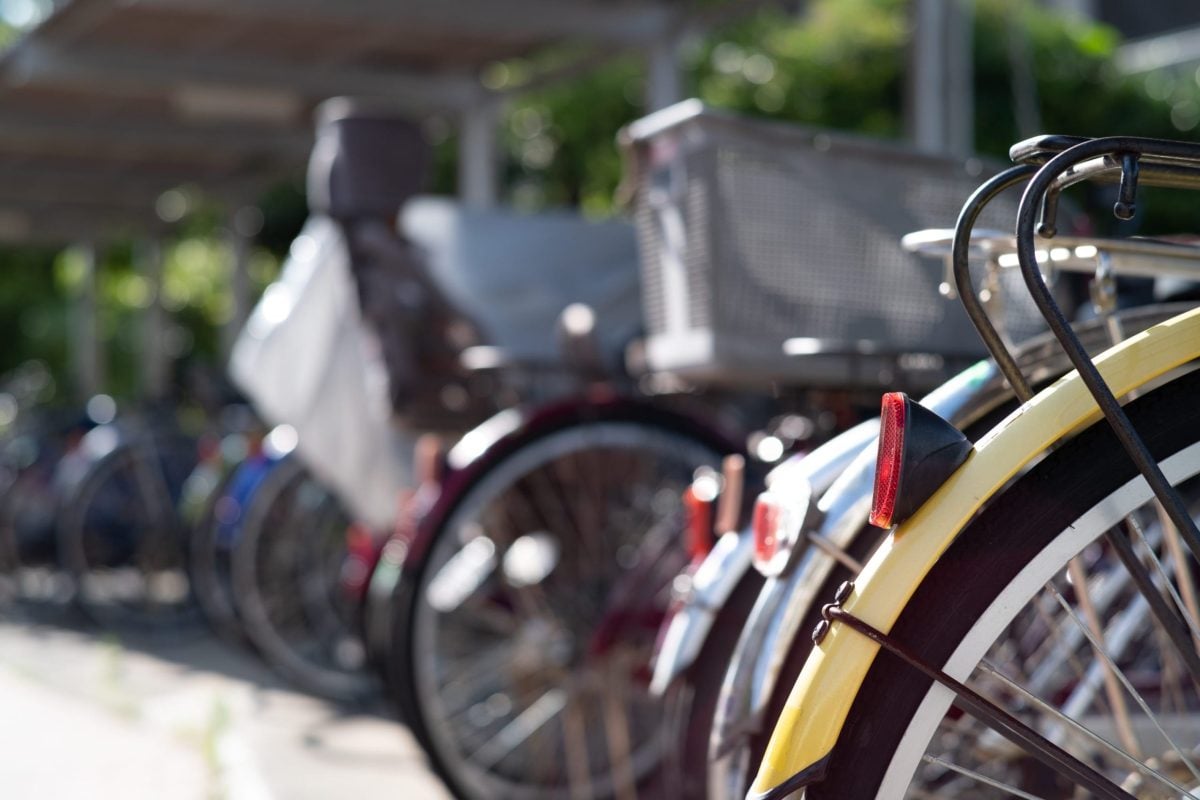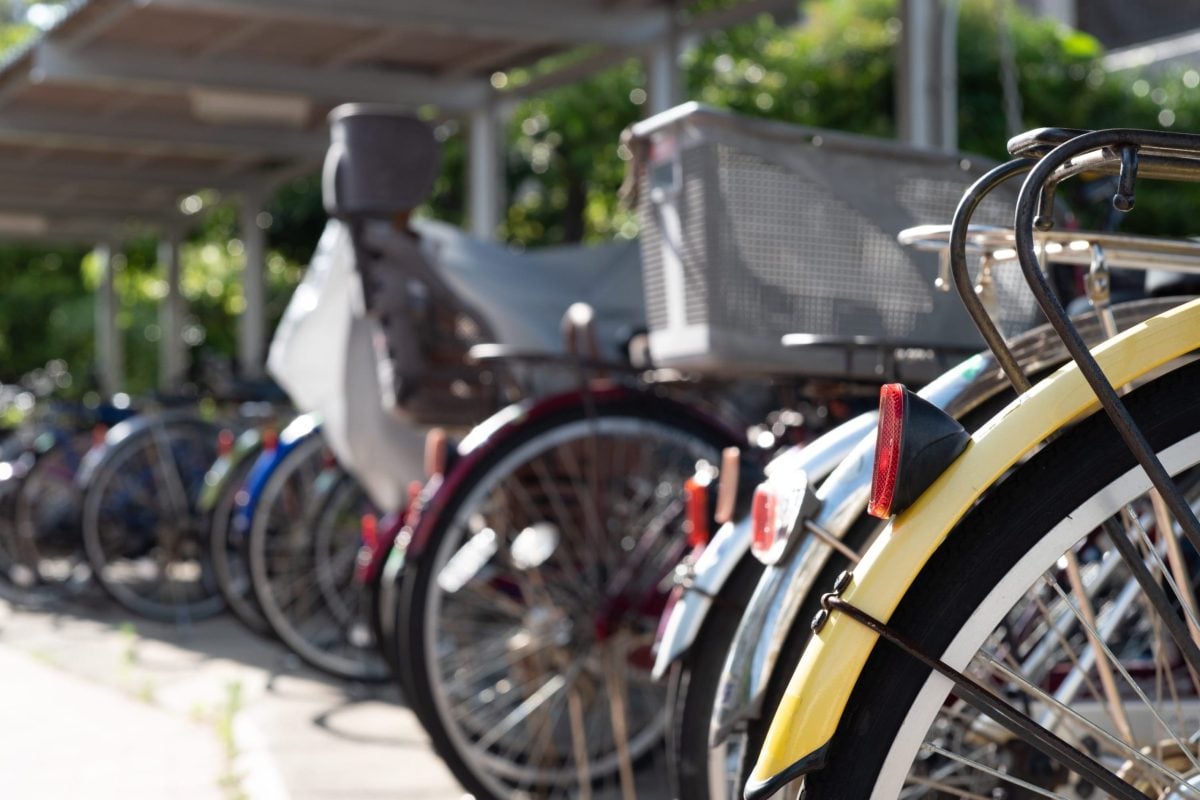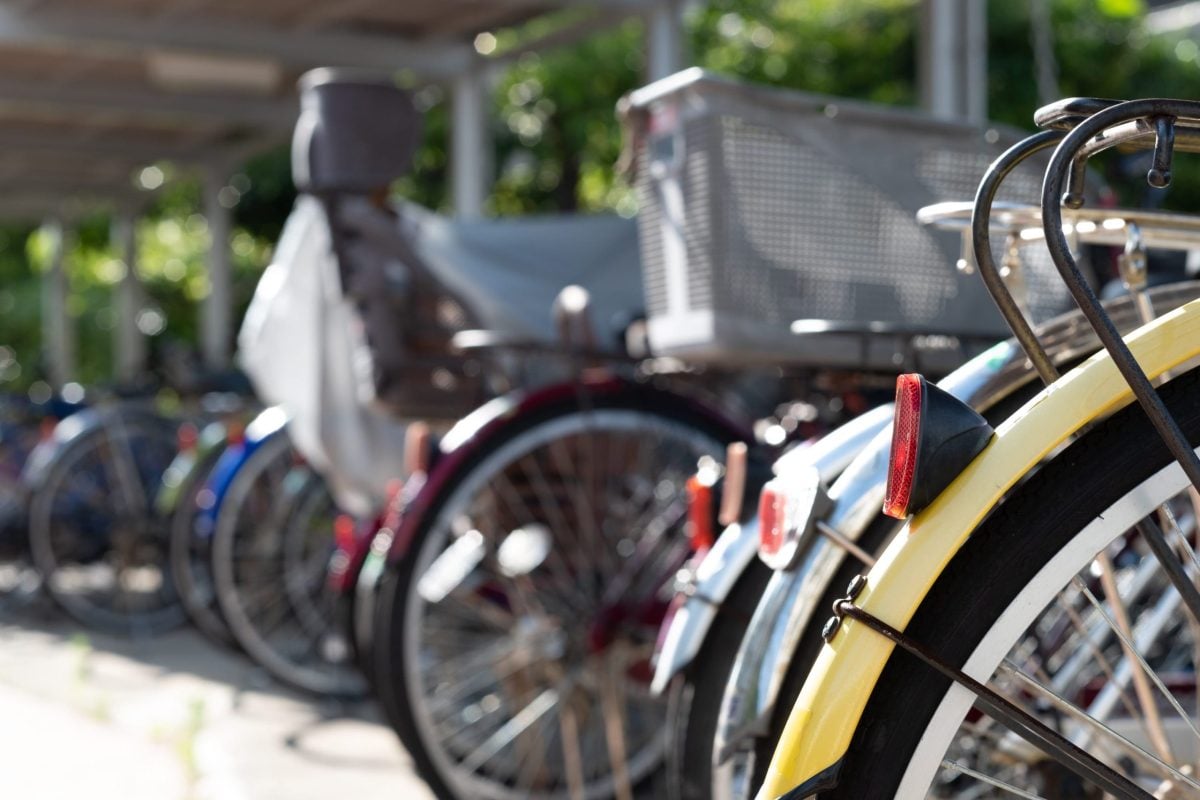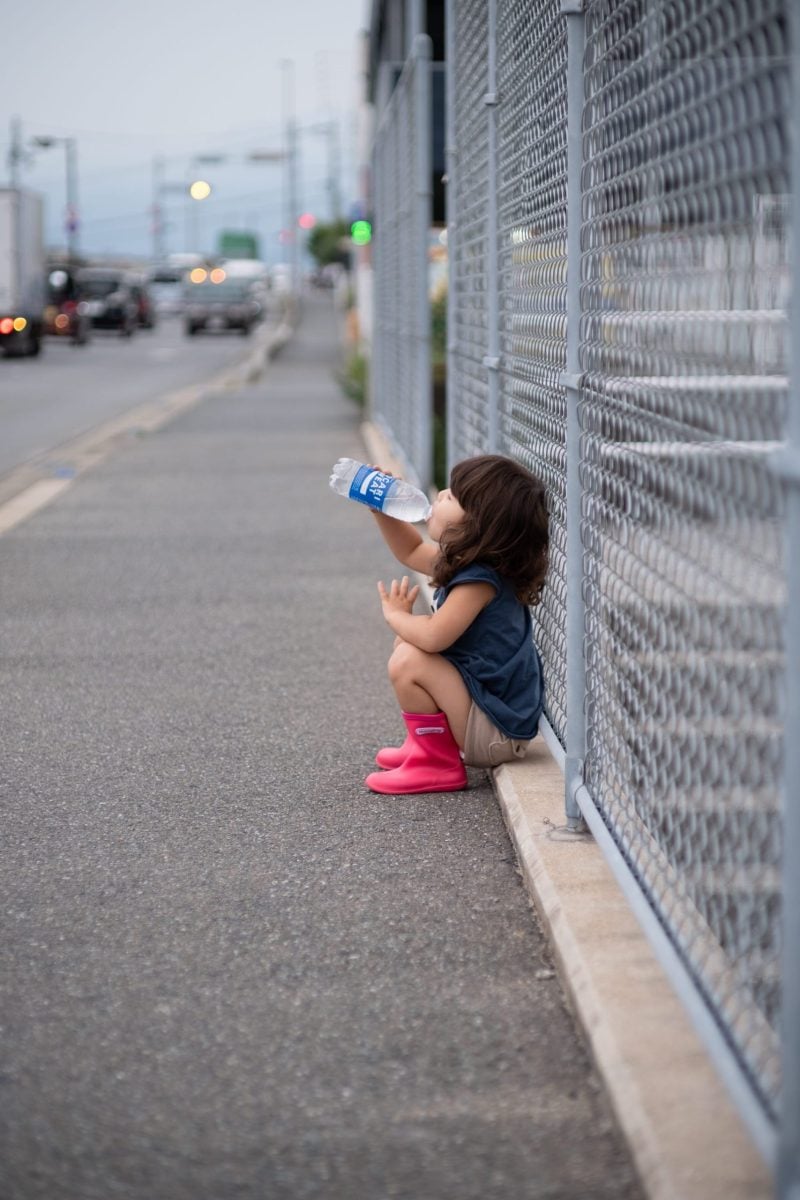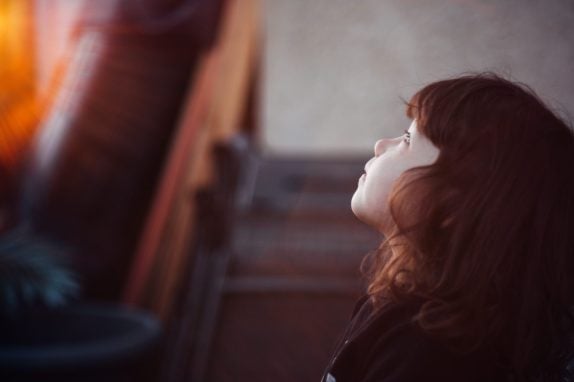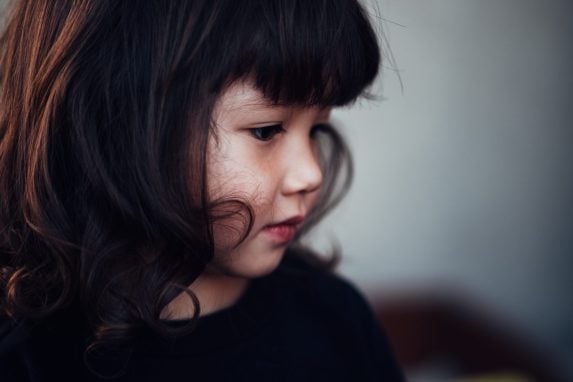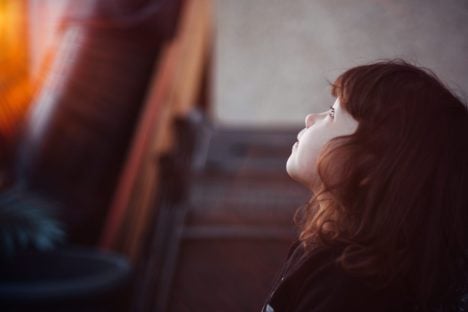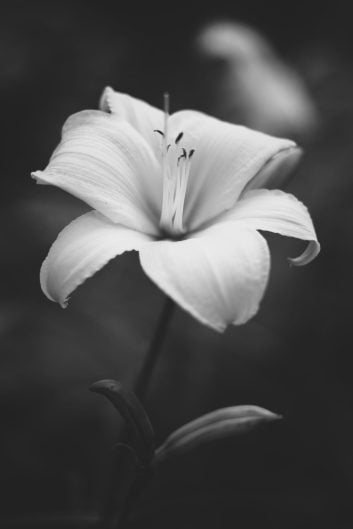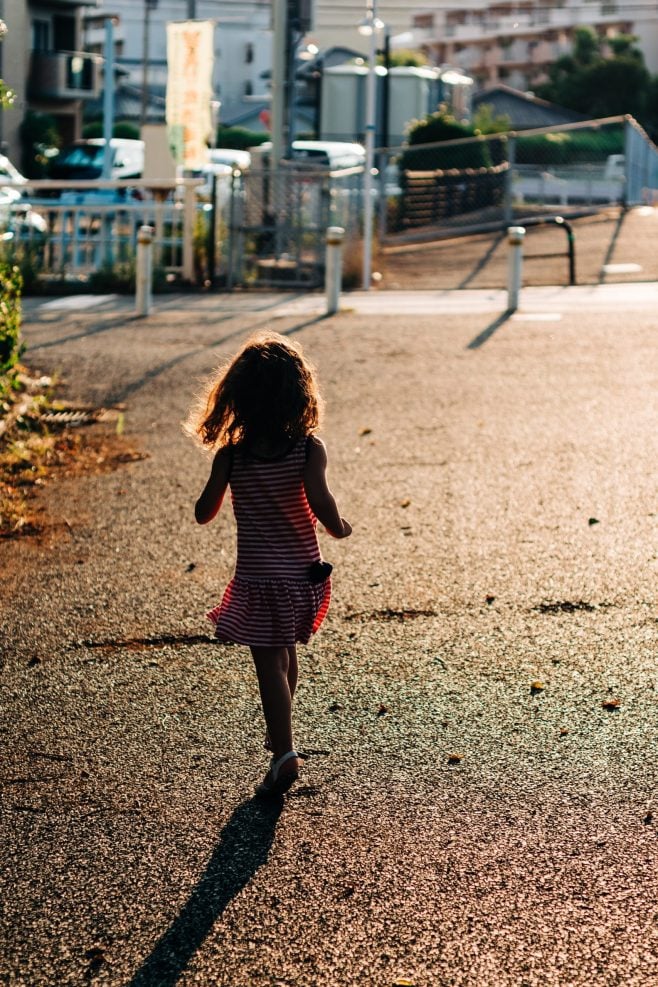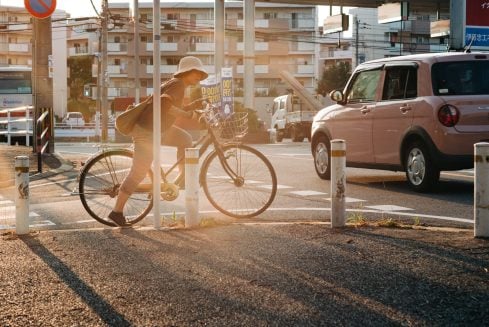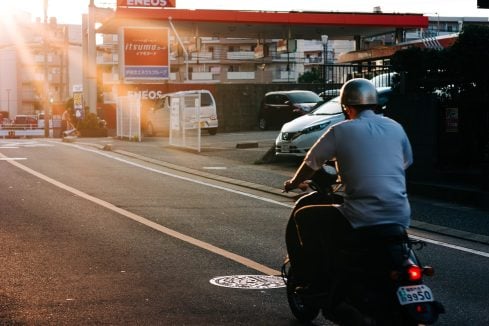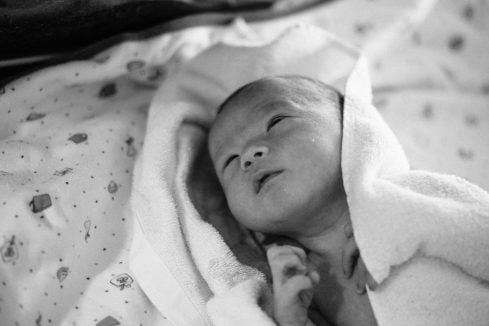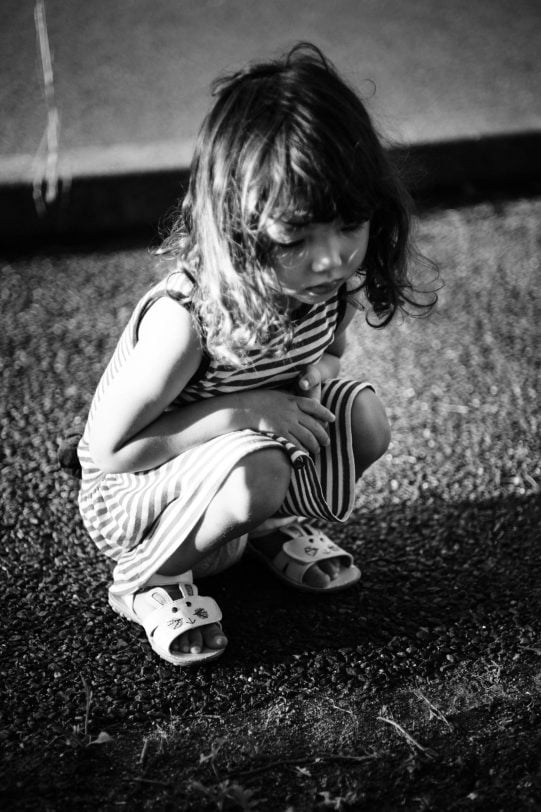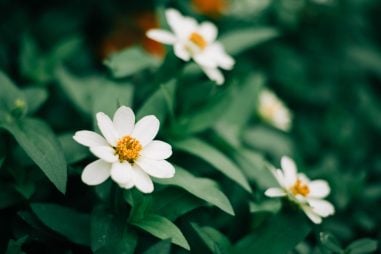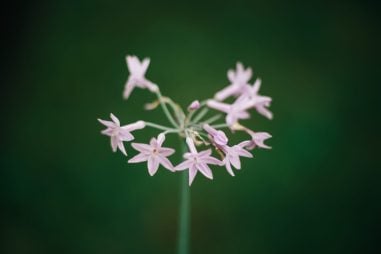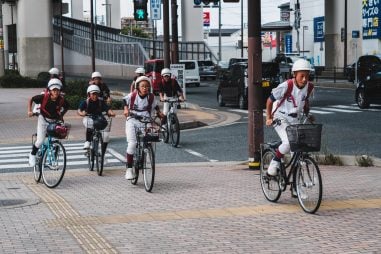With cheap manual lenses from China and Korea growing in popularity, many people are wondering if they are worth it, or which to buy.
In this test, I compare the 7Artisans 55mm f1.4 to the KamLan 50mm f1.1. I also threw in a more expensive lens, the Rokinon 50mm f1.2, and the even more expensive Fujinon 56mm f1.2 as a control. Since Fujifilm is a legend when it comes to lens design, it will be interesting to see how they compare.
If you’re a Sony, Panasonic, Canon, or Olympus shooter, the Fujifilm 56mm provides us a baseline of what top-quality glass looks like. Unfortunately, Sony has nothing like it.
Note: This is Mark I of the Kamlan lens. When the Mark II comes out I’ll add it to this comparison.
7Artisans 55mm f1.4 vs Kamlan 50mm f1.1
Previously I reviewed the KamLan 50mm f1.1. At first, I loved the lens but after shooting with it recently, I’ve started to get a little annoyed by its shortcomings. The main one is that it’s just not sharp anywhere except dead center. Also, it kind of sucks in very bright reflective situations. Of course, all that was forgivable when the lens first came out since it was only around $160. 7Artisans had a 55mm f1.4 that was a bit cheaper. The main thing that bothers me about the 7Artisans though is the sort of flat rendering in some situations.
This raises the question, is the 7Artisans 55mm f1.4 fast enough, and is the Kamlan 50mm f1.1 even worth it anymore? Or, do both of these lenses just suck and should you drop a little more money on the Rokinon 50mm f1.2?
Decisions, decisions.
Build Quality
Only the Fujifilm 56mm f1.2 and 7Artisans 55mm f1.4 are constructed of metal. Both the Rokinon and Kamlan are made of plastic. But just because something is made of metal doesn’t mean it has good build quality. I’ve had another 7Artisans lens literally fell apart on me from poor build quality and it was all metal. I’ve also had trouble with my SLR Magic 50mm f1.1 seizing up in sub-zero temperatures, and it’s also made of metal. I’ve yet to have any issues with the 7Artisans 55mm f1.4, but one thing I don’t like is the focus throw is very stiff. It’s definitely the stiffest lens I own and it’s kind of annoying. That doesn’t mean yours will be stiff.
This was also the only 7Artisans lens of mine that came with no flaws. My 7Artisans 25mm f1.8 was a mess, and my 35mm f1.2 was covered with this strange oil that took me a while to clean off, my 7Artisans 35mm f2 has a pretty loose lens hood (probably just poor design).
The Rokinon build quality isn’t bad and I really don’t mind it. The Kamlan 50mm compared to the Rokinon does almost feel like a toy, but it’s really not too bad either.
Sharpness
I usually use a resolution chart where the situation is very controlled, but I just moved to Japan when doing this test and haven’t built a new chart yet. So real-world tests it is. I’ll update you when I get my chart up in a few weeks.
Also, for this test, I did not remove the lens profile corrections on the Fujifilm lens by taking the shots into Iridient. That usually only corrects for distortion and vignetting which we’re not really looking at in this review.
I won’t post a wide-open test with each lens for sharpness since they all have different apertures.
Exposure may vary from +-.05 to .1 stops. It was overcast and there was no way to keep things consistent. So I let the shutter run auto.
A Look At Sharpness @ F2
Since the Kamlan doesn’t have markers for f1.4, I took them all to f2. This will give a general sense of how well the lenses perform at fast apertures.
I left WB auto so you can see how the Fujifilm XT2 behaves with each lens. The 7Artisans renders a touch more purple which will change the saturation of the greens.
Rokinon and Fujinon perform very well in the center. 7Artisans and Kamlan are also very acceptable. The Kamlan has a slight haze to it.
Stepping out to mid-frame. This would be close to the edge of an M4/3 crop.
Fujinon clearly outperforms here, as expected. Rokinon did surprisingly well. 7Artisans 55mm did ok and the Kamlan has pretty poor performance.
Taking it to the edge of an APS-C frame.
This is what the higher cost of the Rokinon and Fujinon gets you. The Rokinon is looking a touch crisper than the Fujinon.
The 7Artisans has a pretty significant drop in detail and the Kamlan is just a blurry mess.
A Look At Sharpness At F5.6
I’ve put up a few charts that show not only the details but also the fidelity and contrast of the lens – black and white should help this.
All these lenses perform well in the center. The Fujifilm 56mm overall outperforms all the lenses here. What really surprised me was how well the Rokinon 50mm f1.2 performed.
The center sharpness on all the lenses is good. The Rokinon image came out a touch darker so it looks a little less crisp. The Fujinon image came out a little more zoomed in because it’s 56mm so it looks more detailed. 7Artisans has a field view more similar to the Kamlan than the Fujinon.
Moving out from the center, closer to where the edge would be on a micro four-thirds crop, shows the weakness of the Kamlan lens.
In terms of sharpness, the Fujinon 56mm clearly outperforms all other lenses with both sharpness and micro-contrast. The 7Artisans and Rokinon perform very well. The KamLan 50mm is rather sad but would be fine for micro four-thirds.
Taking it to the edge of an APS-C censor the Kamlan just gets murdered.
The Rokinon here performs better than the 7artisans 55mm f1.4.
Corner Sharpness @ f2
These aren’t great samples and it’s tough to tell them apart, but there is actually a lot more sharpness in the Rokinon over the 7Artisans. You can also see this in the samples above with the grass.
Corner Sharpness @ f5.6
7Artisans, Rokinon and the Fujinon all perform very well in the corners at f5.6. Here the 7Artisans comes a lot close to the Rokinon performance. I’ll update these when I get my chart built.
In terms of overall image details. None of the lenses can match the Fujinon, however, the Rokinon 50mm is only slightly better than the 7Artisans, mostly just outperforming it near the edges and corners. The Rokinon is however a much larger lens, but is worth the upgrade if you don’t mind spending 3x as much money.
Bokeh & Color
The whole point of these cheap fast lenses for a lot of people is the bokeh and shallow depth of field. Poor edge performance is forgivable if you’re shooting portraits especially when adapted to a micro 4/3 camera. So let’s look at some bokeh samples.
Bokeh Sample 01
Wide Open
This first sample isn’t the best since the background is so far away and lacks detail and contrast, but it does allow us to see the sort of falloff of the focus and how the background renders.
It turns out all the lenses perform pretty similarly here even though they all have different minimum apertures, no wild swirling bokeh or anything like that, and no soap bubbles.
One thing I do notice is the background on the 7Artisans is a bit muddy and boring and the image does lack saturation compared to the rest. The Kamlan and Rokinon are actually my preferred images in this sample.
Bokeh at f5.6
Even though I had the Kamlan and 7Artisans set at f5.6, they still render depth as though they were a bit faster. I guess the trick with these de-click lenses is when you’re lining up the f5.6, the marker needs to be on the back end of the six. Almost past the f5.6. I was lining up the marker on the ‘period’ in 5.6.
Anyway, the Rokinon and Fujinon smoke cheap lenses when it comes to micro-contrast and overall image fidelity. The 7Artisans again comes out flat. Maybe the 7Artisans just isn’t liking green since it does seem to render naturally a touch more purple based on the samples above.
Bokeh Sample 02
Wide Open
In this test, the 7Artisans is focused a few mm back from the rest. There was a slight breeze and things were moving, but this still gives a nice look at bokeh and raises the question, is the bokeh good enough considering the lens performance in terms of corner-to-corner sharpness is a lot better than the Kamlan? Or is the less saturation and contrast of the 7Artisans a deal breaker?
Kamlan image does come in a touch richer, but again, we’re only looking at green samples here.
Bokeh Sample 03
Wide Open
I’m not seeing a huge difference in the depth of field and bokeh between f1.4 of the 7Artisans 55 and Kamlan f1.1 in this sample. Not one worth sacrificing edge and corner performance over. But now, the 7Artisans does very slightly lack contrast and saturation compared to the rest and we can see that by looking at the cyborg baby stroller. But man, it’s pretty dang negligible.
Bokeh Sample 04
Now we look at some bokeh on a sunny day. A lot of lenses perform well when it’s overcast, but flaring and harsh light is what kills most lenses, especially cheap ones.
Wide Open
Like with a lot of these wide-open tests, the Kamlan 50mm at f1.1 is just a little too shallow and you lose too much detail in the subject. I’m about three feet away from the branch here and you just don’t get that same subject separation as you do with the other three lenses. You could get that if you maybe stepped back. The Fujinon and Rokinon are only 0.1 stop slower and have much better pop.
The Rokinon bokeh here is surprisingly nice. The 7Artisans is a touch on the nervous side. In a blind test, my wife liked the Fujifilm 56mm bokeh the most. I have to agree, the way it blooms is very pretty.
Bokeh at f5.6
At f5.6 you can see the polygonal shape to the Fujifilm bokeh which is not attractive. But, it’s an auto-focus lens and that’s the trade-off.
Bokeh Sample 05
Wide Open
Since the Fujinon 56mm has a pretty bad minimum focus distance, I took these samples to that limit. This is as close as you can focus on the Fujinon. The other three lenses can focus a lot closer.
In the other samples, the 7Artisans has been rendering a bit flat with low saturation, but here it’s looking nice.
Bokeh at f5.6
Shooting at f5.6 the Fujinon lens was the only lens that was successful with white balance. The rest turned out with this weird cold green so I corrected for this sample. Again, you’ll notice the 7Artisans and Kamlan lenses have less depth compared to the Fujinon and Rokinon even though I was right on f5.6.
Bokeh Sample 06
Wide Open
Of the three lenses, the 7Artisans was the only lens that does not have a lens hood and it only saw a little bit of flaring. The Kamlan lens flared pretty badly even with the hood attached. This is probably why I have issues when daily shooting with the Kamlan. It just catches light and flares so easily which cripples the contrast. The background here on the 7Artisans actually looks fine. Not muddy and flat like it was in a few other samples.
Bokeh at f5.6
Of these four, I actually really like the Bokeh from the Kamlan. The Rokinon and Fujifilm seem to have more color and contrast overall.
Real World Sample 7Artisans 55mm f1.4 vs Kamlan 50mm f1.1
Two samples both at max aperture. The advantage we were seeing with the Kamlan 50mm f1.1 in terms of better contrast and color is not visible here. Actually, the 7Artisans is looking better here to my eyeballs. So if you were going to buy one of these lenses with the idea of always shooting wide open, based on this sample, the 7Artisans might be a little nicer when not shooting green leaves from two feet away.
Lens Brightness
I shot all the lenses wide open with the same aperture and ISO under controlled lighting to see which lens was the brightest.
The Fujinon 56mm f1.2 is the brightest lens so I measured everything based on that.
To match the Fujinon brightness Lightroom needs an exposure adjustment with the Kamlann 50mm by +.30 exposure, the Rokinon needs +0.35 and the 7Artisans needs +80.
When looking at other apertures, by around 5.6 the Rokinon is the darkest and the Kamlan and 7Artisans are significantly brighter. I’m not sure the 7Artisans and Kamlan have accurate f-stop markings as I also have trouble getting them to match the depth of field.
Fast Cheap Lenses | Bottom Line
It’s tough deciding between the 7 Artisans and the Kamlan. I really like lenses that have a lot of microcontrast and great color rendering at the cost of perfect sharpness across the frame. The Kamlan gives me that over the 7Artisans in a lot of the samples, but not by a lot and not always.
However, the performance is so poor in the corners and edges of the Kamlan that it kind of turns me away. Surprisingly the Rokinon performed way better than I thought it would and is a great alternative to the Fujinon if you can stomach the plastic feel of the lens. Now if you’re a Sony APS-C shooter, the Rokinon really is your only option if you want a nice fast lens, since Sony hasn’t figured out how to make fast lenses yet.
Actually, there is a fairly expensive Mitakon 50mm f0.95, but also an SLR Magic 50mm f1.1 that is for full frame E-Mount you can pick up for not too expensive which I do have and like. Unfortunately, quality control with SLR Magic is pathetic and it’s very hard to get good copies of their lenses.
Micro Four Thirds shooters looking for a fast cheap portrait lens might want the Kamlan over the 7Artisans. Color and contrast are just a touch better, but not really game-changing better.
I imagine many people will be on the fence between the two since you can correct for some saturation and contrast, but you can’t correct for overall pop or poor corner and edge sharpness. People do habitually shoot wide open a lot when they have fast lenses like this, and the 7Artisans will have a natural edge being limited to f1.4 unless the Kamlan is stopped down.
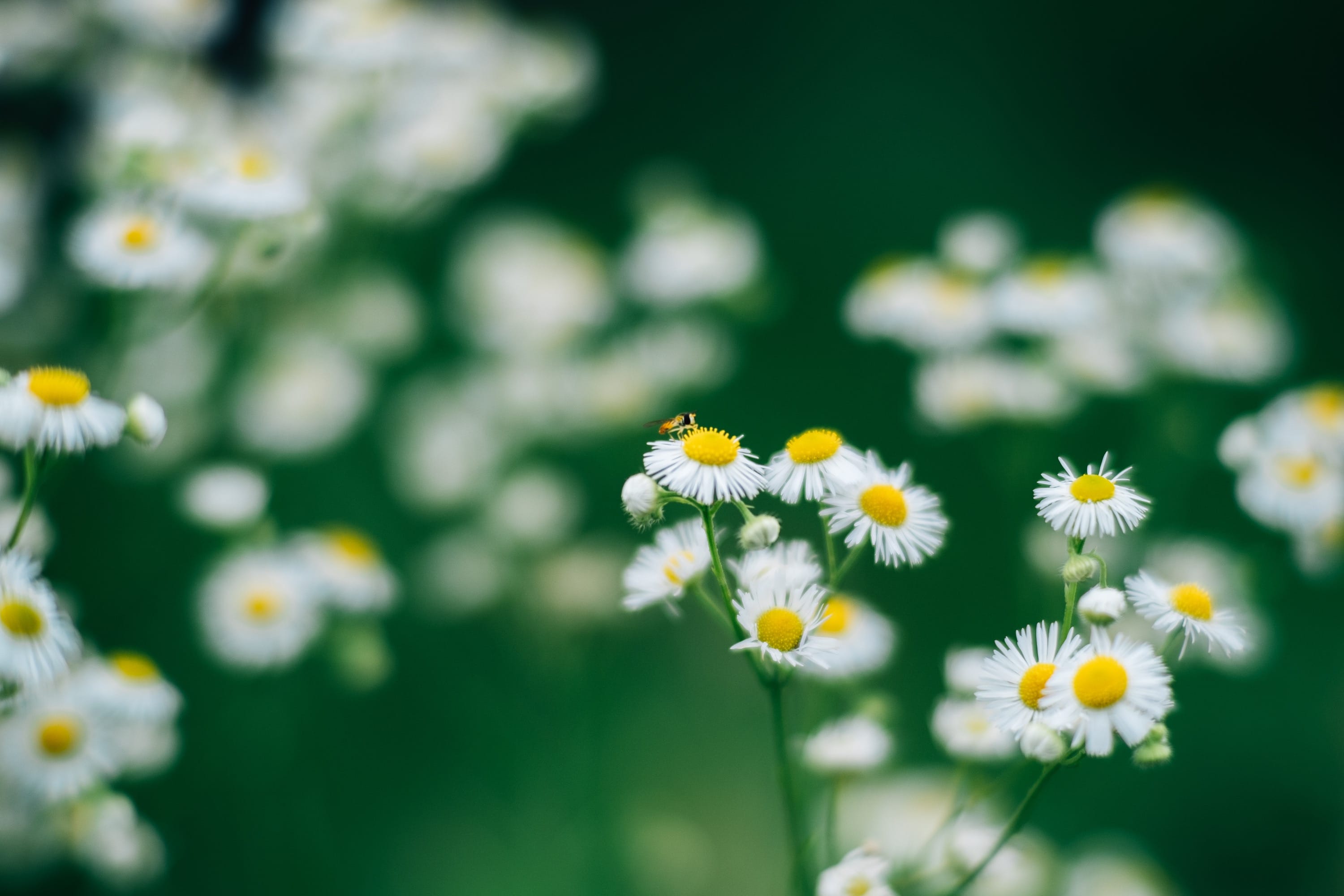
The Fujinon still outperforms all lenses here, except for the geometry in the bokeh when stopped down. But the Fujifilm does have autofocus, so it’s really in a totally different class.
Which lens do I prefer? I like shooting with the 7Artisans a lot when I’m just running around town. It’s all metal and is small and fast enough for my taste plus it’s also decently sharp out to the edges of the frame. If I’m shooting flowers and green bushes, I’d prefer the Kamlan. 🙂
The Kamlan is almost really a micro four-thirds lens, but it also has some pretty terrible chromatic aberrations and flares like crazy. Check out the Kamlan 50mm f1.1 Review for samples of that.
The Rokinon feels the same as all the other Samyang / Rokinon lenses, like plastic and it’s not that fun to use (subjective), but it is nice in terms of overall rendering and I know I’ll always get predictable quality out of it. The Fujifilm 56mm is ultimately my favorite out of all of these, but it’s big, it’s expensive and I’m not going to throw it in my bag when I’m biking or hiking. I really save it for when I need the best image quality possible. It’s a paid gig lens.
I Would Rate The Lenses Like This
For General Use
I like that the 7Artisans is sharp out to the edge of the frame and I prefer the build quality over the Kamlan and it’s $50 cheaper. This means you’ll almost have money left over to buy their 25mm f1.8.
Fujifilm > Rokinon > 7Artisans >= Kamlan
For Black & White and Portrait / Art
Fujifilm > Rokinon > Kamlan > 7Artisans
Kamlan is above the 7Artisans here because CA won’t be an issue and the Kamlan has a touch more pop and sort of magic than the 7Artisans. The Kamlan just renders a little prettier, but the 7Artisans renders a better technical image.
Micro Four Thirds
Rokinon > Kamlan > 7Artisans
If I were a micro-four thirds shooter I think I would take the Kamlan over the 7Artisans since these lenses would be 100mm and you’re probably not shooting too much landscape or architecture photography at 100mm.
Of course, I’ve shot with the Kamlan way more than the 7Artisans and my opinion could still change.
At the end of the day, there is really no wrong decision since it’s based on how much money you want to spend. If you’re ok buying cheap Chinese and Korean lenses, they all have slightly different characteristics at different prices. For example, if you’re shooting micro four-thirds, the edge and corner performances on the Kamlan 50mm f1.1 aren’t nearly as bad as they would be on an APS-C camera body and it might be worth it to you if you really want the fastest lens you can buy for as little money possible. The 7Artisans is a better walk-around street lens since subject matter outside of just the center can be sharp plus it’s less money. If you want to spend even more money the Rokinon gives you some nice improvements with sharpness, contrast, and saturation, it also doesn’t have that crazy stiff focus ring like the 7Artisans and better bokeh when stopped down compared to the Fujinon.
So to answer the title of this article’s question, are cheap fast lenses worth it? Yes, totally. It’s always nice to have cheap lenses at times when perfect image quality isn’t necessary. My favorite between the 7 Artisans and Kamlan? Generally, I’m preferring the 7Artisans, simply because of the price and the size and it’s good enough.
What do you think? Which lens do you think looks best and what would you buy? What would you like me to compare next? Would you like to see more sample comparisons? Let me know in the comments.
|
7Artisans 55mm f1.4 Specs Aperture: 14 blades . |
Kamlan 50mm f1.1 Specs Aperture: 12 circular blades |
|
Rokinon 50mm f1.2 Specs Aperture: 9 circular blades Fujifilm: Amazon / Adorama / BHphoto |
Fujinon 56mm f1.2 Specs Aperture: 7 blades |
Complete List Of All Fujifilm X Lenses
Complete List Of All Sony APS-C E Lenses
Complete List Of All Micro 4/3 Lenses
Side note – for the auto exposure setting on the Fujifilm X-T2, I’m very surprised at how close they all were in exposure considering they were all different lenses with different vignetting profiles. This is one of the reasons I love Fujifilm for testing all this stuff. Plus, I was using the voice record option over each shot to give an audio log to each shot’s settings. Very cool feature.
Kamlan 50mm f1.1 Sample Photos
7Artisans 55mm f1.4 Sample Photos
I’ll post more samples as soon as I get deeper into my review of this lens. It’s just been nothing but rain lately.
| **This website contains affiliate links. We will earn a small commission on purchases made through these links. Some of the links used in these articles will direct you to Amazon. As an Amazon Associate, I earn from qualifying purchases. |

